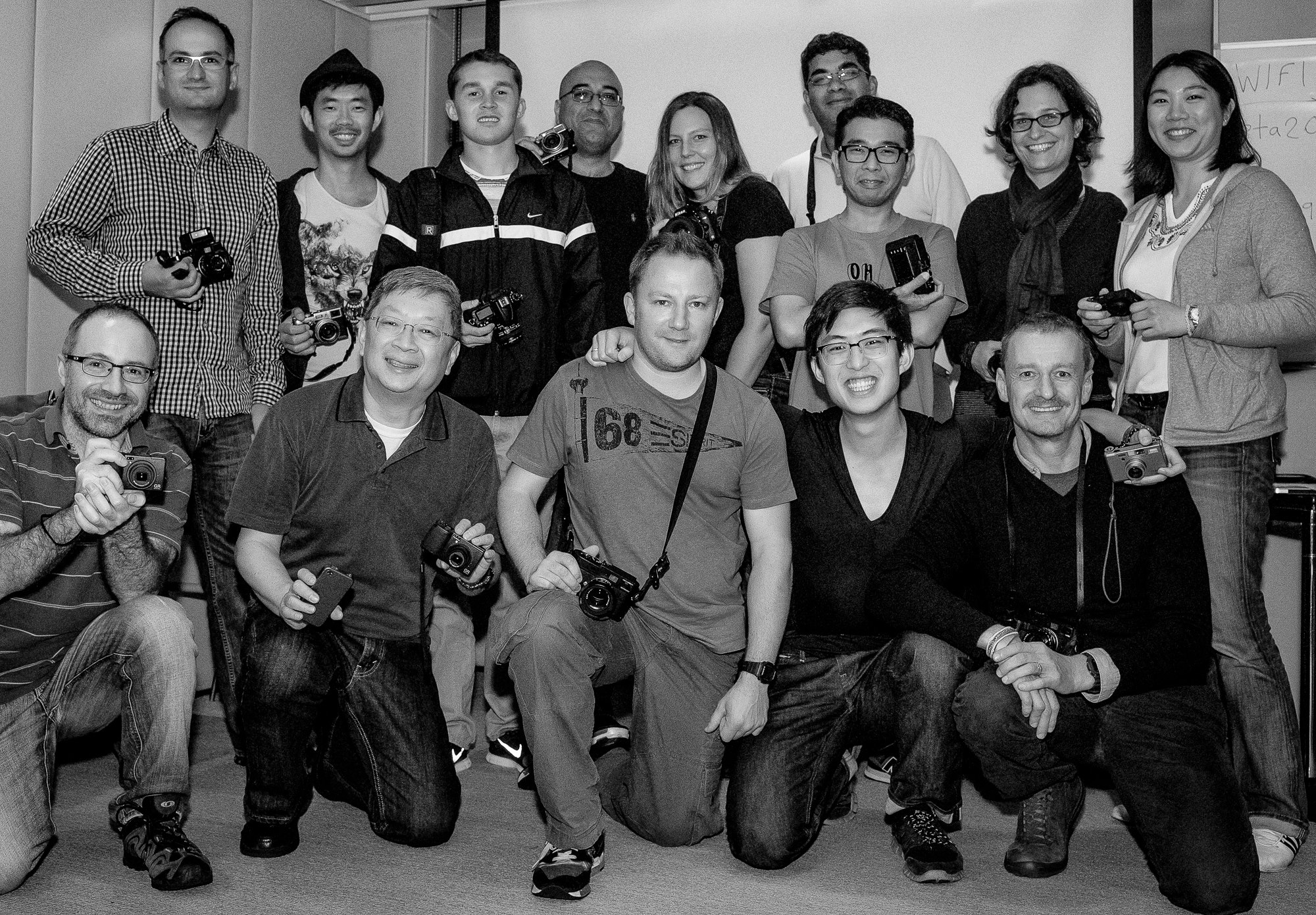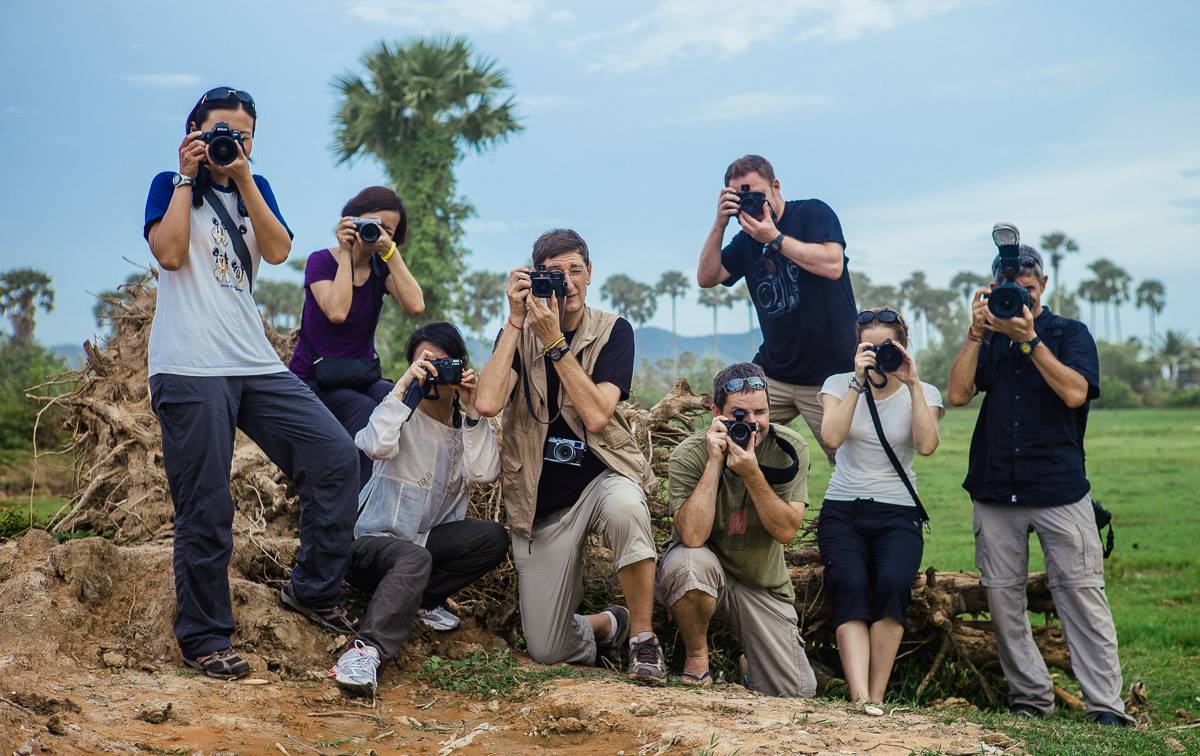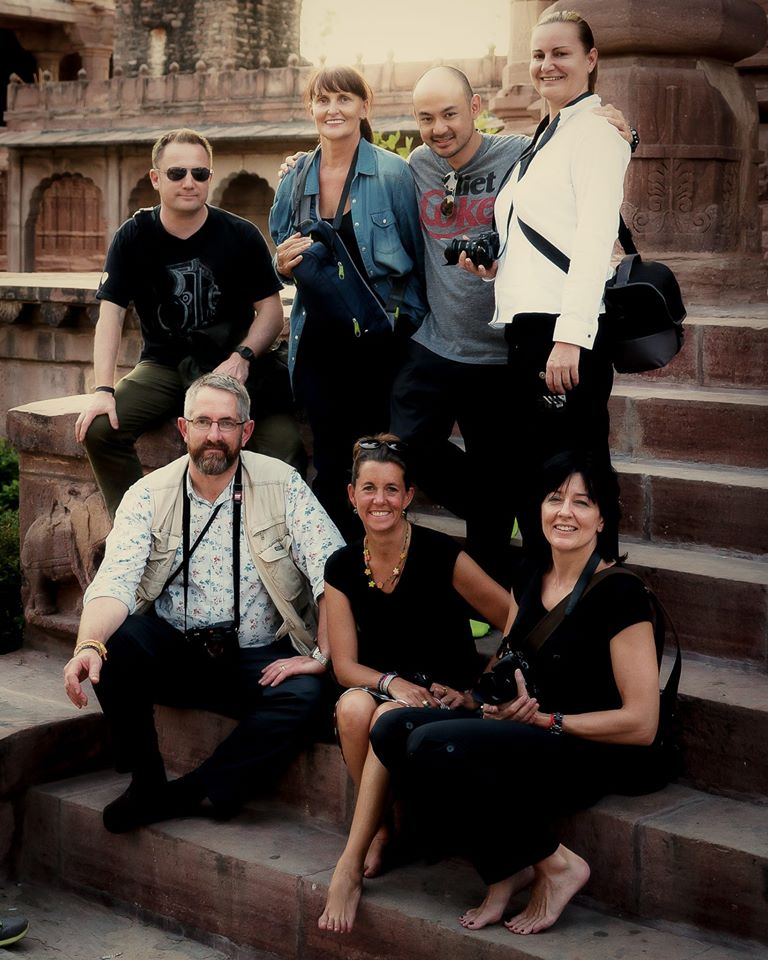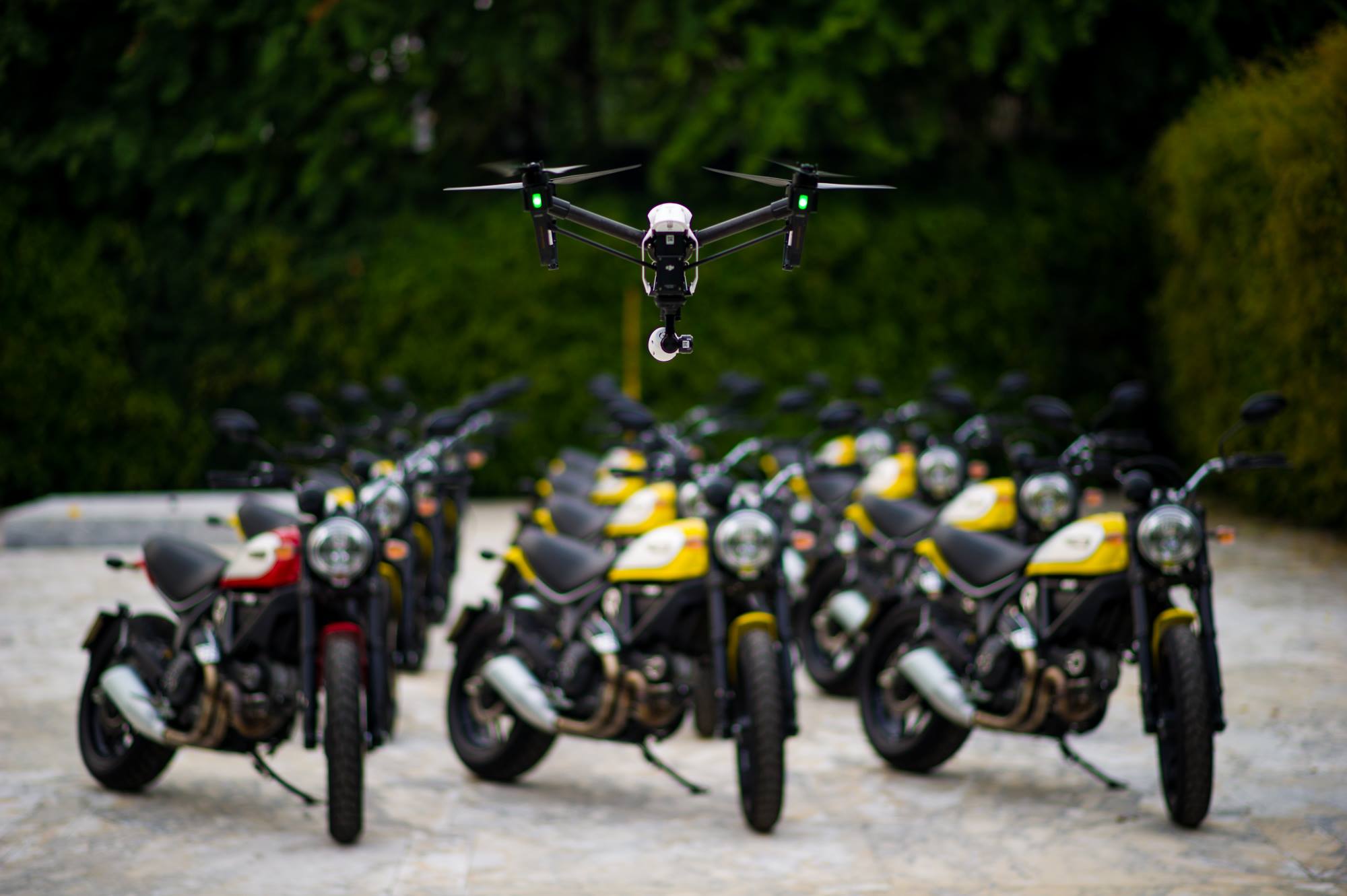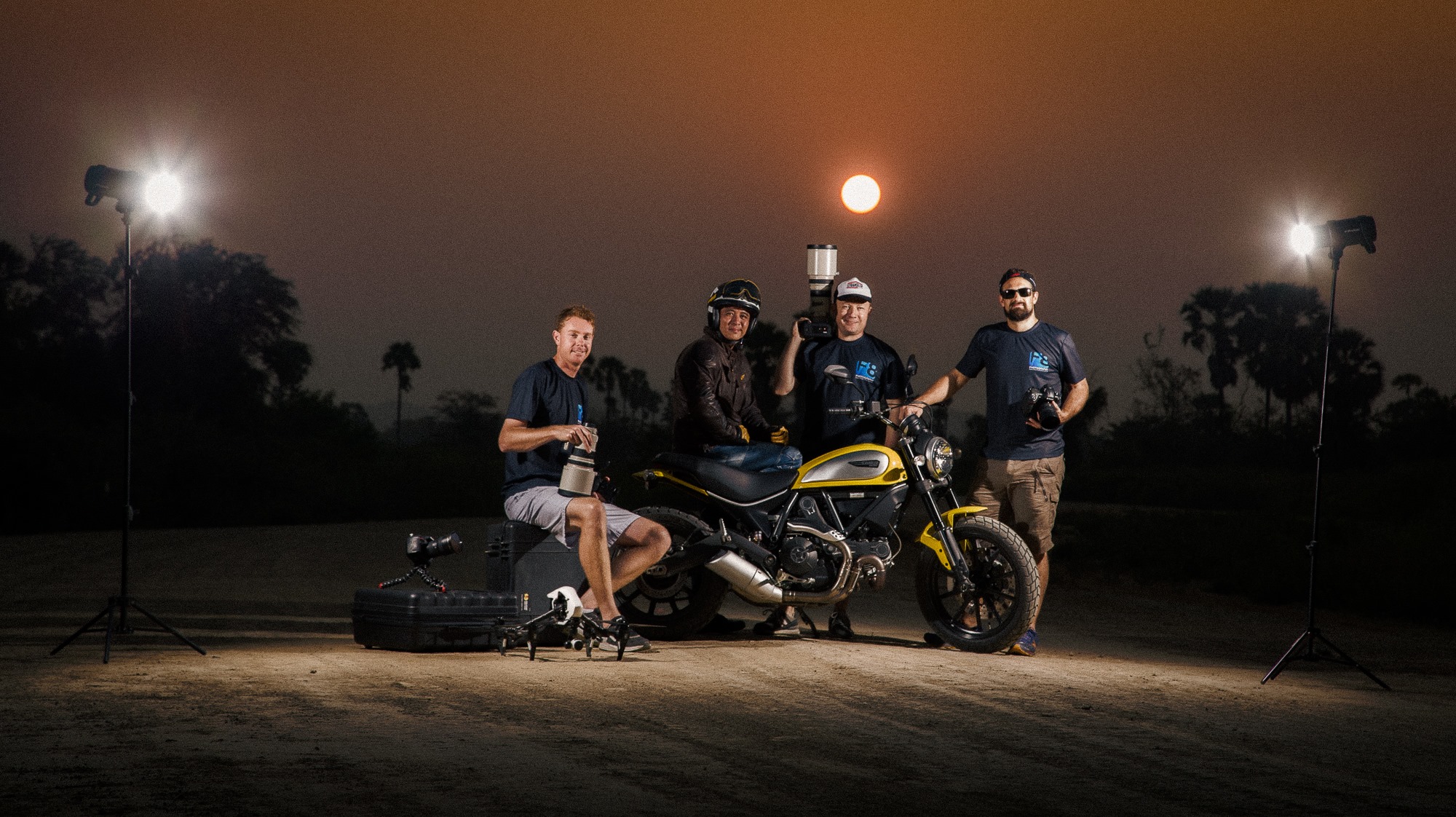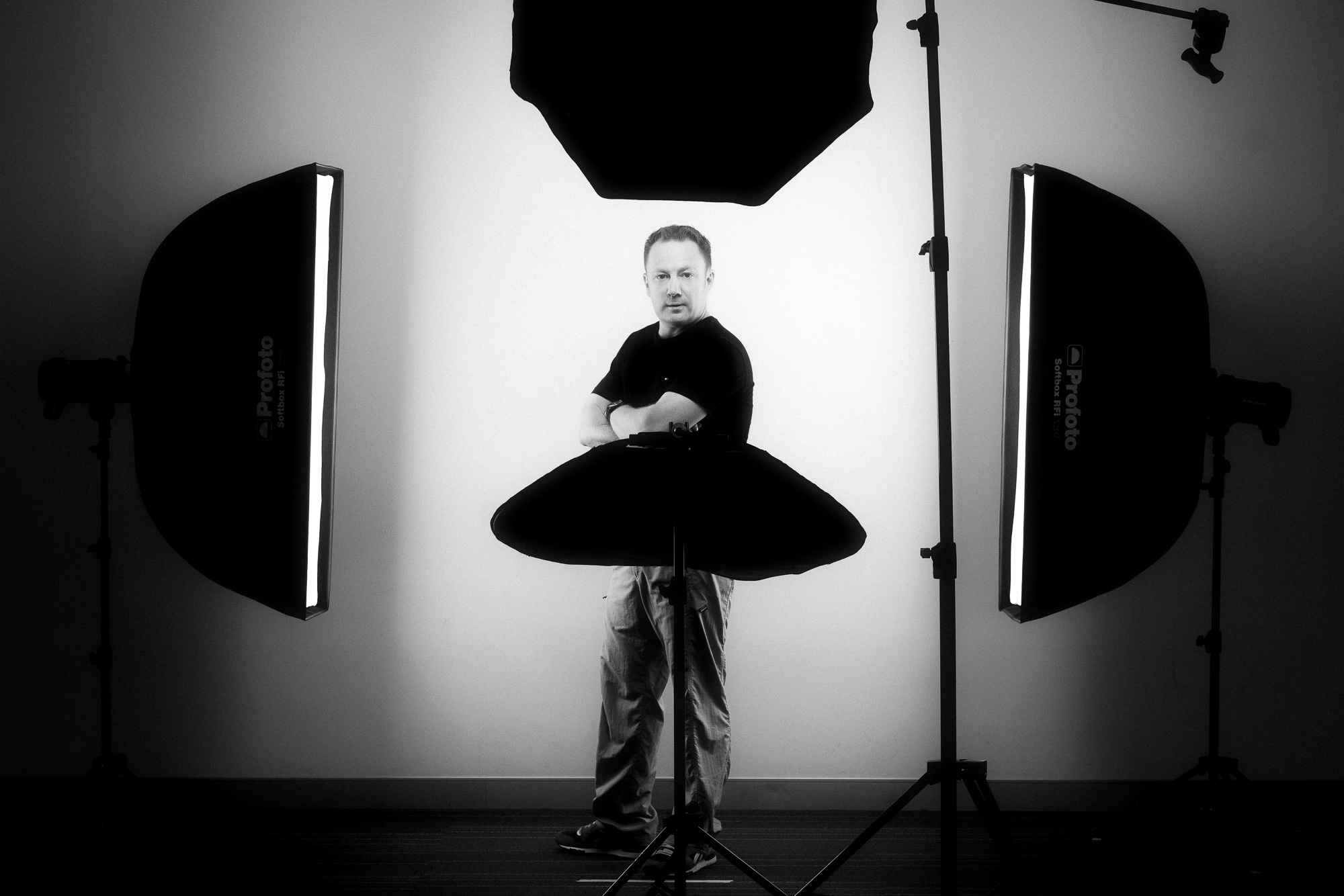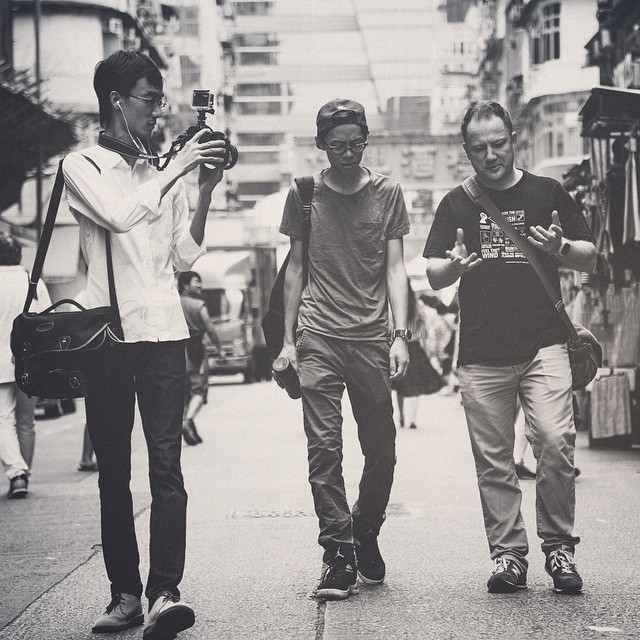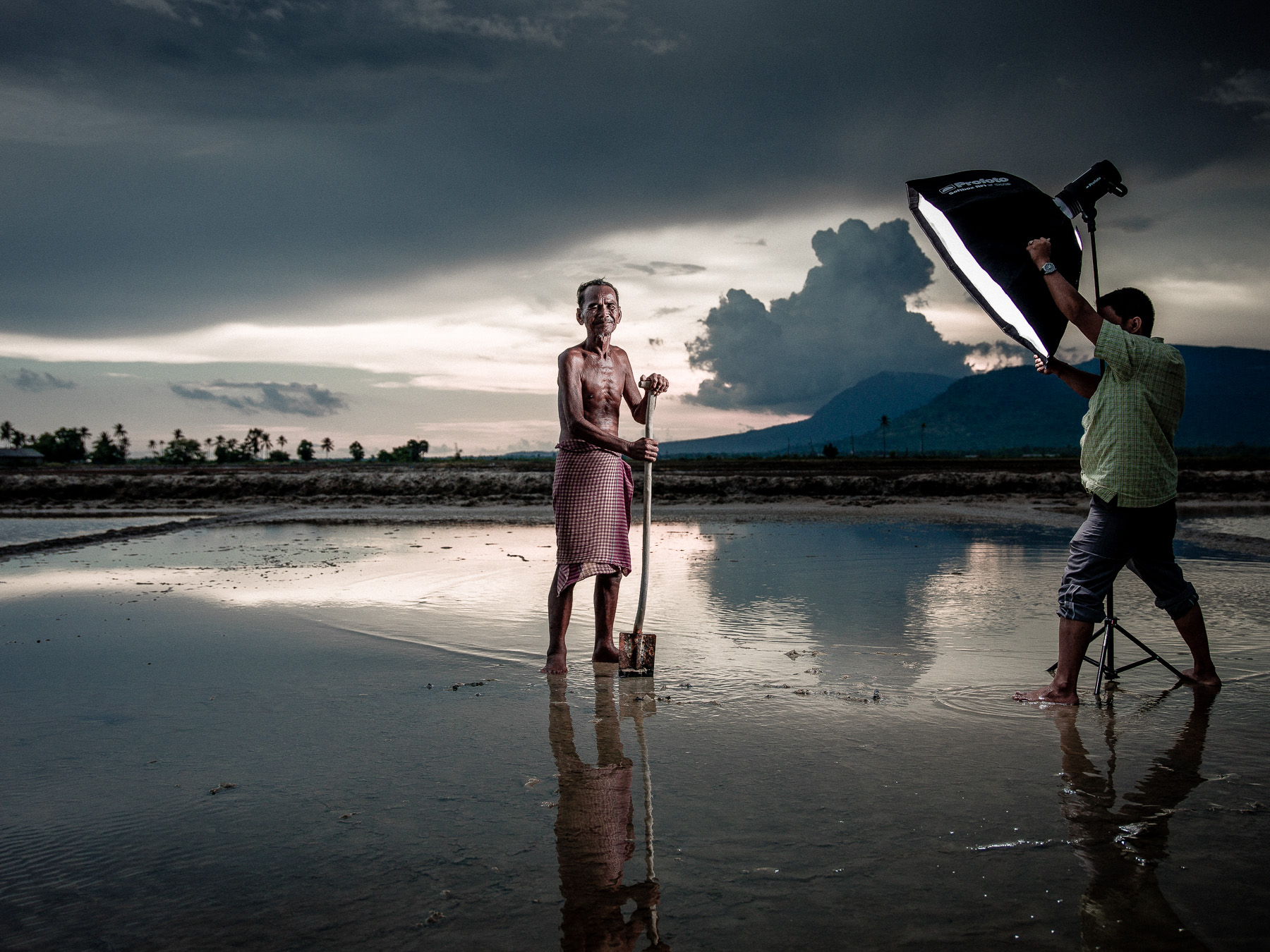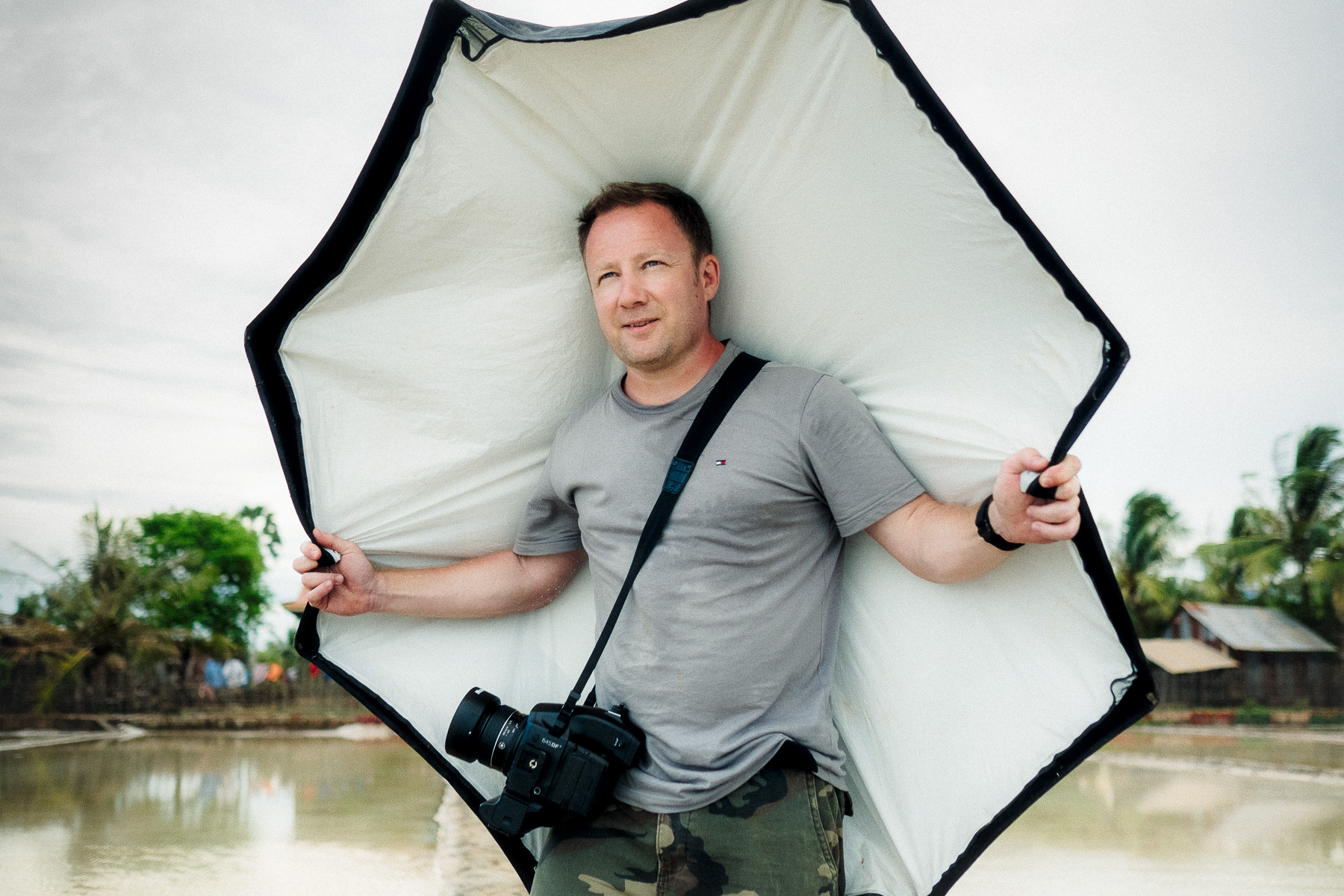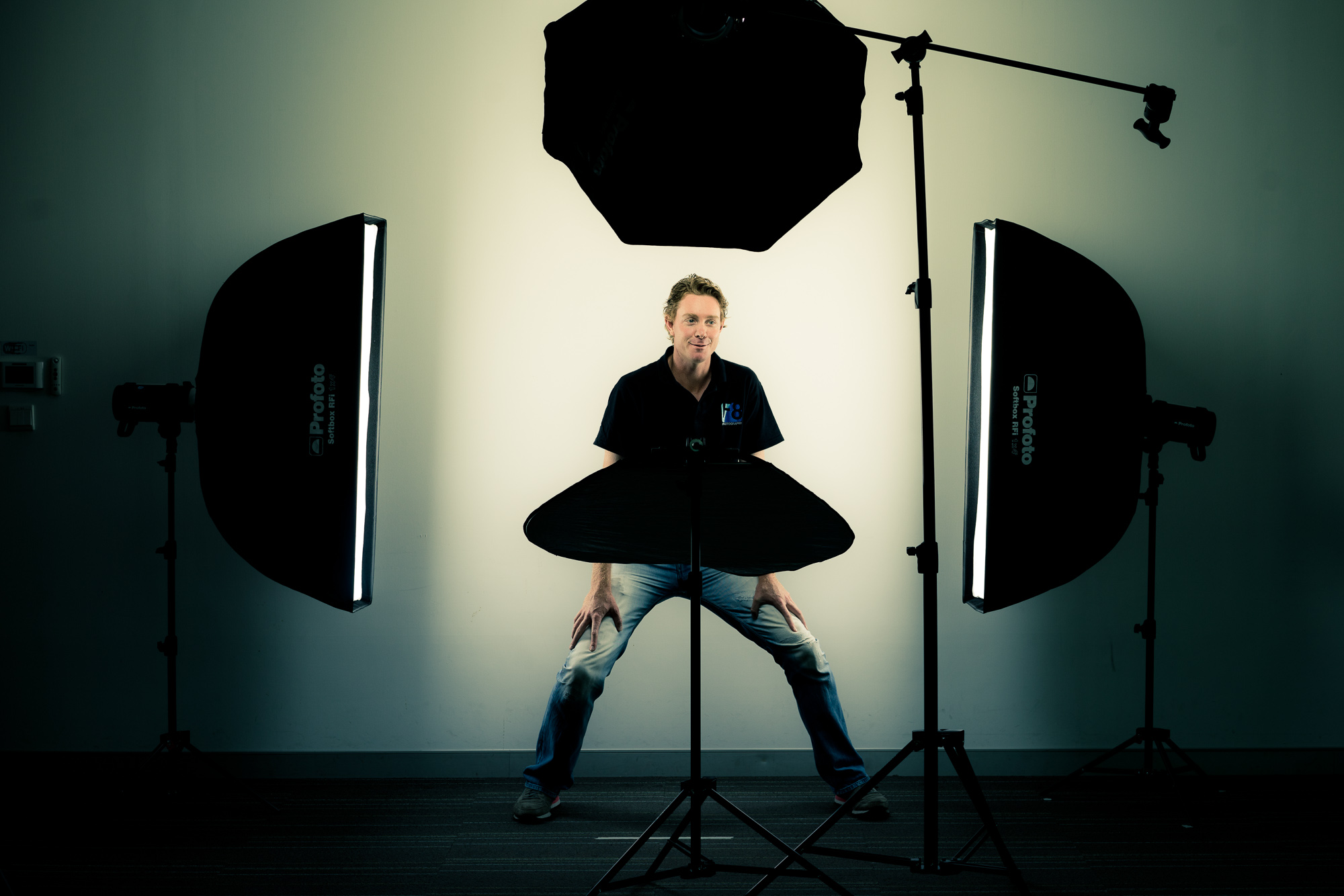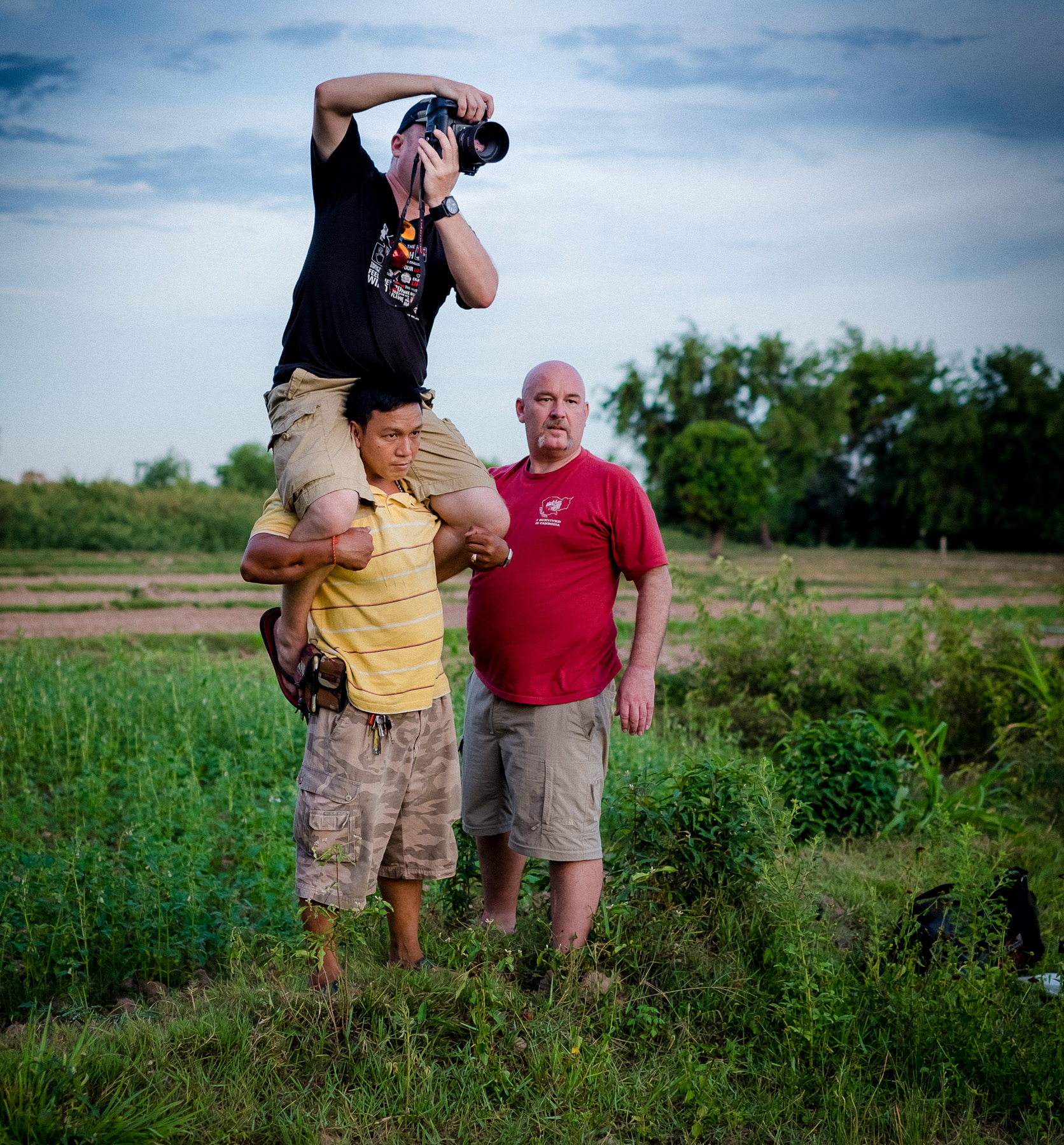Fuji X-T1 'wet review' at Songkran in Hong Kong
/We are now about 3 weeks into our shooting experience with the Fuji X-T1 and a new challenge arose....water!
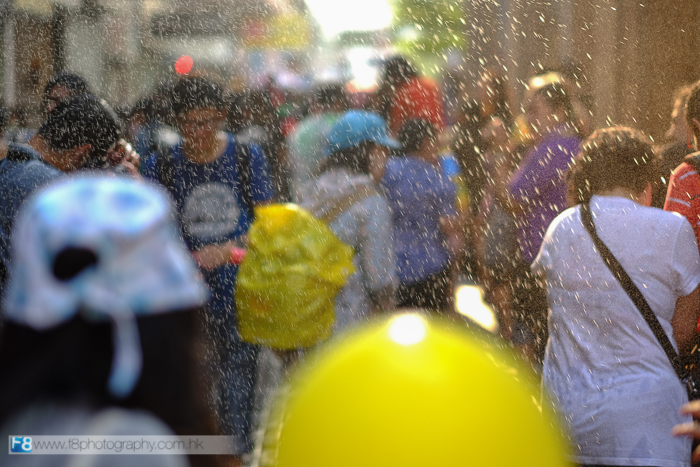
Now we all know the Fuji X-T1 is 'weather resistant'...but what does that really mean? Quite honestly, I have no idea, is it waterproof, shower proof, dust proof....in my experience weather sealing is temperamental at best, some cameras are almost waterproof, others fail after one drop of rain goes into the top of the shutter (yes, exactly that happened to my first M9 much to my non-amusement).
Just before I explain more, I would like any readers specifically looking for X-T1 information to be aware we have recently written a fairly comprehensive review on the Fuji X-T1 camera that we have been shooting around Asia for the past few weeks, a link to that blog post can be found at this link, that will also be repeated at the end of this post for reference
Please note: All images in this blog post are unprocessed JPEGS direct from camera, which was set on 'Velvia' mode as I remember, as many people are asking to see direct from camera images.
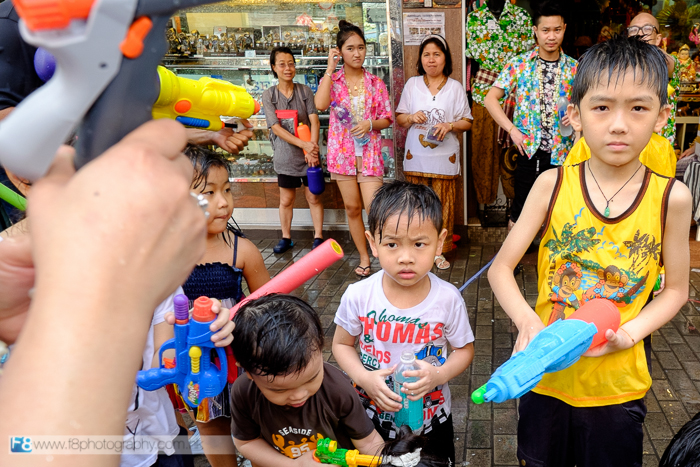
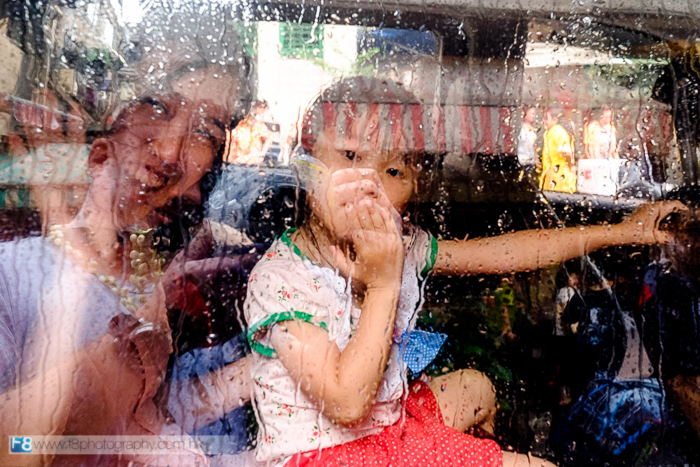
So, I was invited after a few beers by some friends to accompany them to the Thai New Year festival in Kowloon City Hong Kong, to see the 'Songkran' festival, or water festival as some may know it. A detailed wikidpedia description of this event can be seen at this link.
I hadn't been before to this event, neither in Thailand nor Hong Kong and had no idea what to expect....I thought it would be a low key event with a bit of water being thrown and I didn't actually consider that it may be a camera destroying trip.....was it?...You'lll have to read on to find out....haha.
Preparing myself for the event
I had a hangover, so my preparations were quite simple....drink a fresh coconut on arrival. Check, thats my prep done. I was quickly adorned with some flower necklace and some talc splattered on my face and a few bottles of waters shoved down my back....right...i was quickly sober, and ready for action!
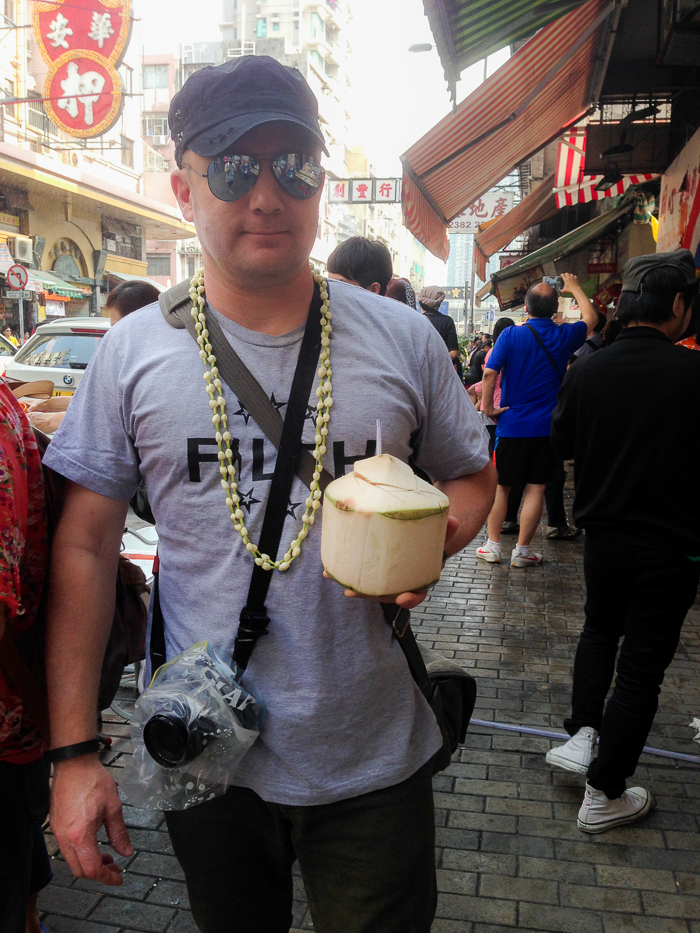
Weather proofing the camera....
Also, my technical preparation for this event was somewhat lacking, i opted for the Mark 1 plastic bag approach, zip lock food bag, with a small hole torn in the front to poke the lens through, the bag was just resting over the lens. I figured the camera was going to get trashed so there wasn't much I could do with what I had to hand...it was a bit of a gamble with the lenses as they are definately not weather sealed and I was planning on using at least 3 of them (14mm, 23mm and 56mm), all of which are expensive lenses....I'm quite sure my hangover was forcing me to make a careless decision not to waterproof cover the lenses better, but I was more interested in getting in amongst the action and getting some shots to be honest, that's usually the way with me.
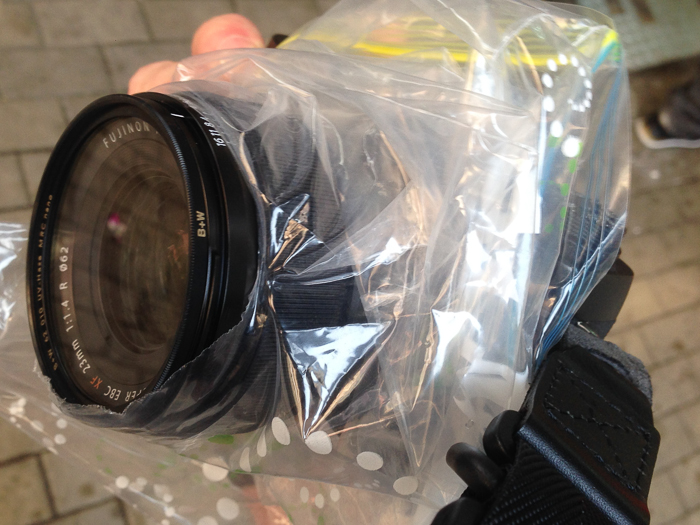
I could already see some water fights going on close-by to where I was, with no idea of the mass of people that was around the corner all ready to soak me....I could see little troops of people with water guns marching towards a gathering point...it kinda reminded me of deploying with a camera in the Army (there were far less coconuts or wet-tshirt wearing women in Basra though), this was definitely going to be much more fun.

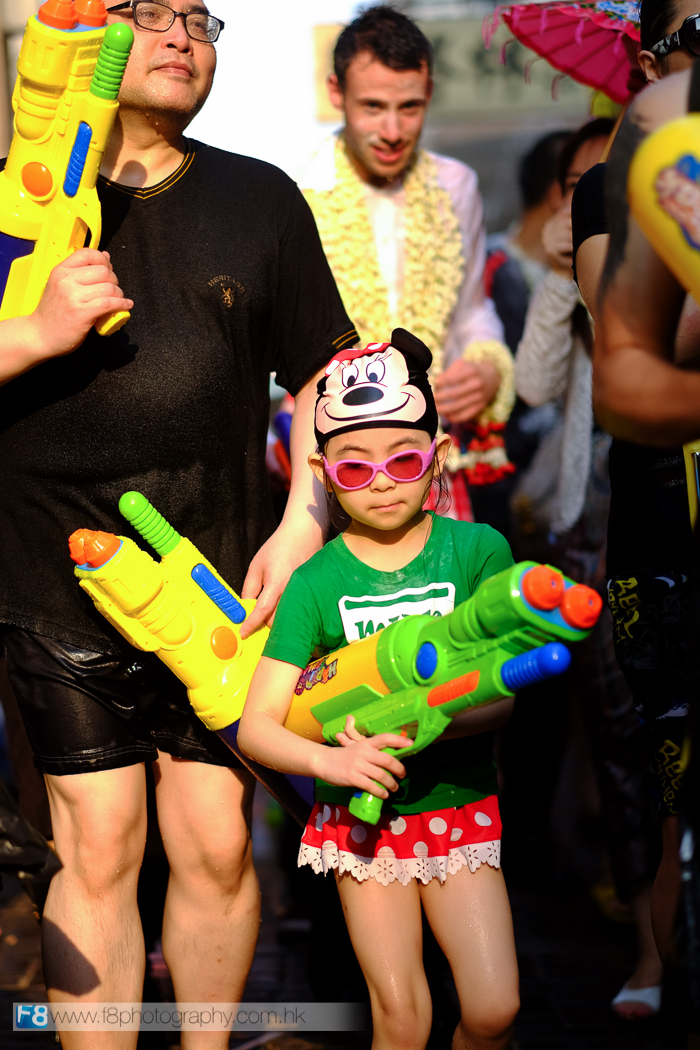
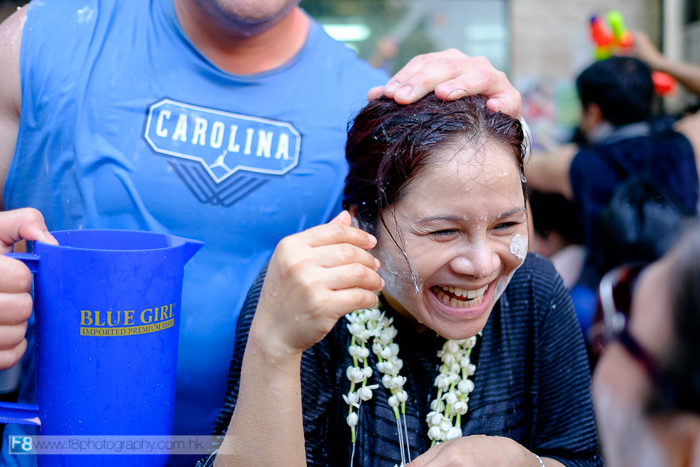
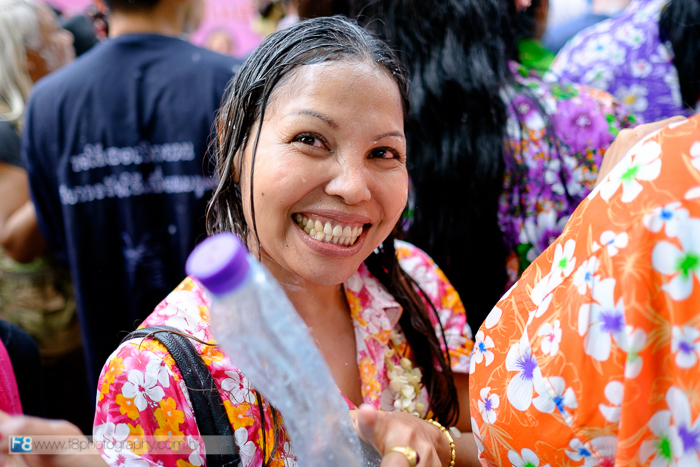
It wasn't long before I was drenched in water from passers by and locals preparing for the event, somebody threw some flowers round my neck, covered my face in talc and already the camera was covered in water. I was starting to wonder if this was a good idea...lol.

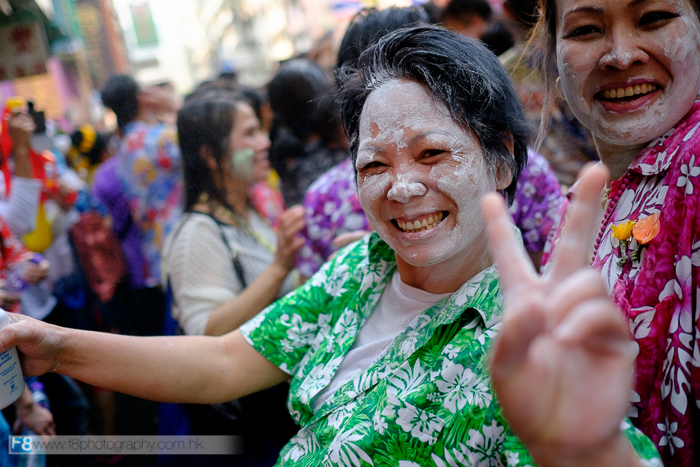
"If your photographs aren't good enough, you're not close enough" - Quote by Robert Capa (acclaimed war photographer)
So I saw a rather large problem with photographing this event in my usual style....basically I knew to get the type of images I wanted, I would have to work at very wide angles (typically 21mm, 28mm range for full frame camera), I know for a fact to get the most dynamic images I need to be in close. The problem with that is for this event there was no shortage of people (literally thousands of them) with water guns, hosepipes, buckets full of ice water or any other water distributing device that had no mission other than to soak you as you came close....so I was a little concerned about the new Fuji X-T1 and more specifically the lenses (that are NOT weather sealed).
Anyway, here's a selection of images taken right in the middle of the action at the main parade event at the start of the festival in Kowloon City, these are all taken on either 14mm, 23mm or 56mm lenses from Fuji, are direct from camera JPEGs and i was just using my tshirt (what was left of it) to try and wipe off water blobs on the front of the lens, so any out of focus blobs are caused by the front elements being covered in water.
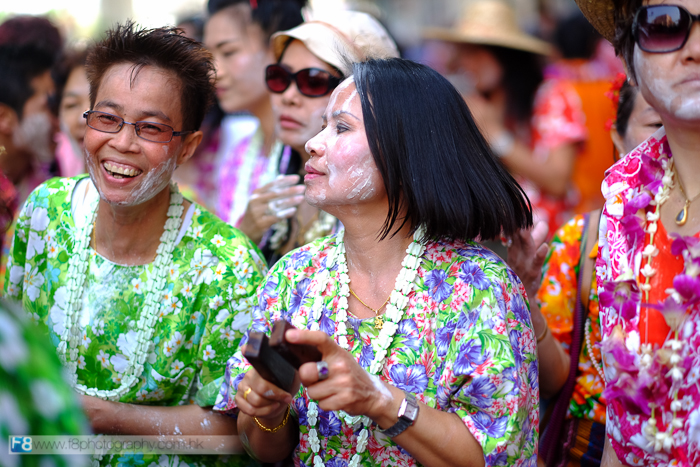

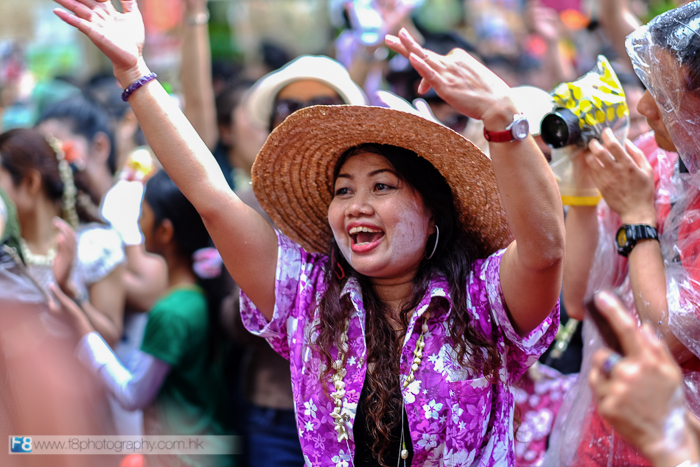
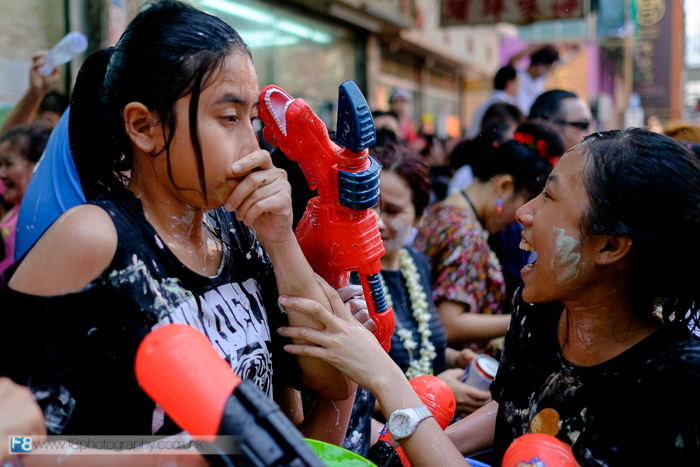

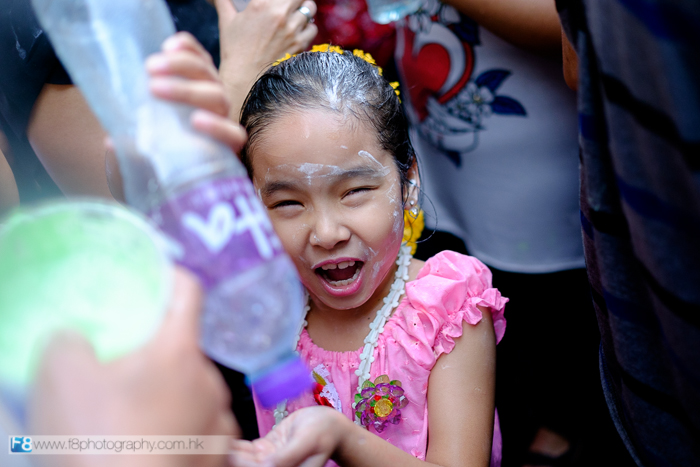
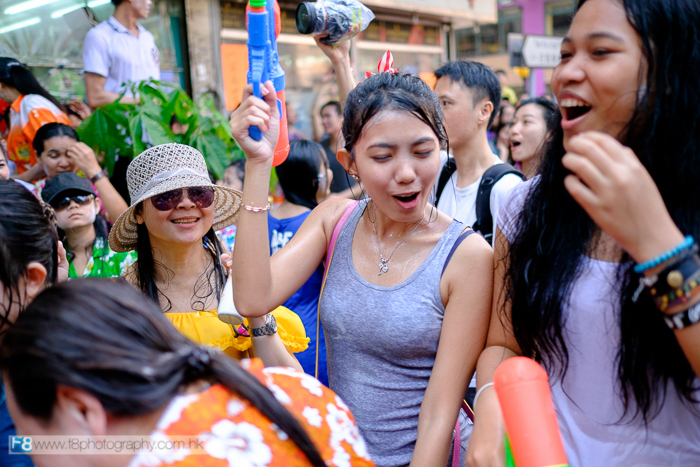
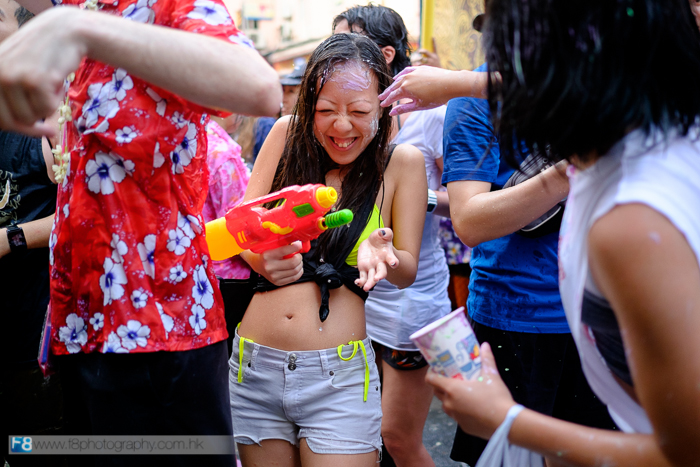
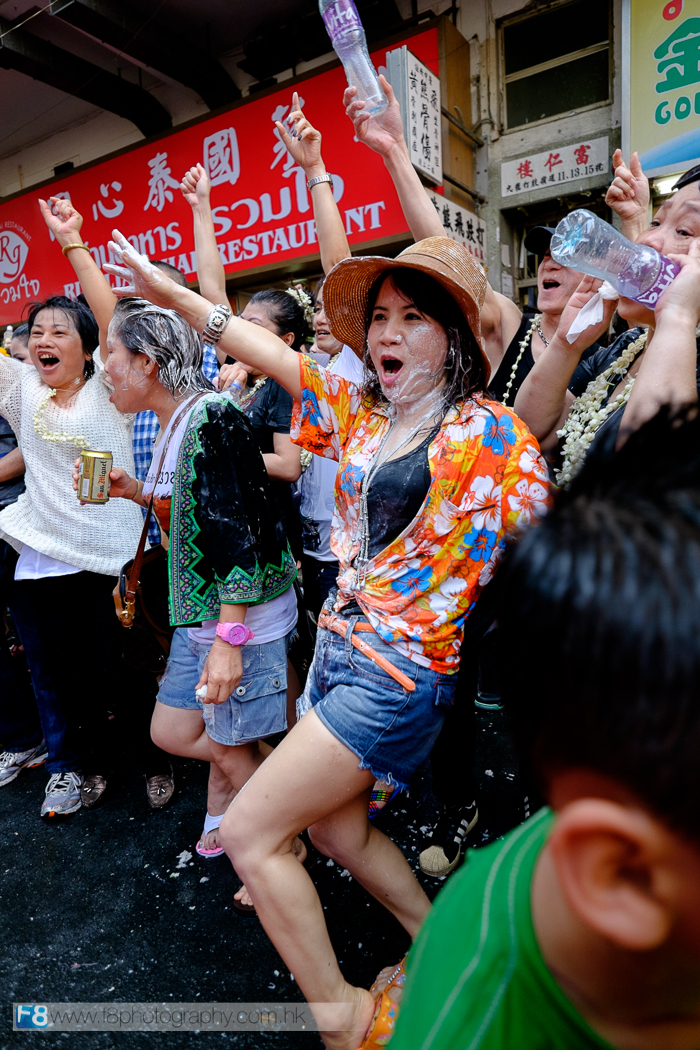
After the main event in the square the crowd started to move en-masse around the streets of Kowloon City, getting continuoulsy soaked by all manner of methods from every possible direction. I took a time out for 2 minutes to check the camera, I realised at this point that when I had been wiping down the camera rigorously with my t-shirt I had inadvertently somehow switched off RAW, and was only shooting JPEGS....I figured this wouldn't matter too much and actually made this blog post easier, as I just took the files directly from lightroom to here without processing them at all. I found as the afternoon went on, and with backlit situations around some of the streets, the RAW files would have been more useful as there would have been more opportunity to pull back highlights in some situations, but these JPEGS are more than acceptable in my view. Here's some more shots as the parade moved around the streets.
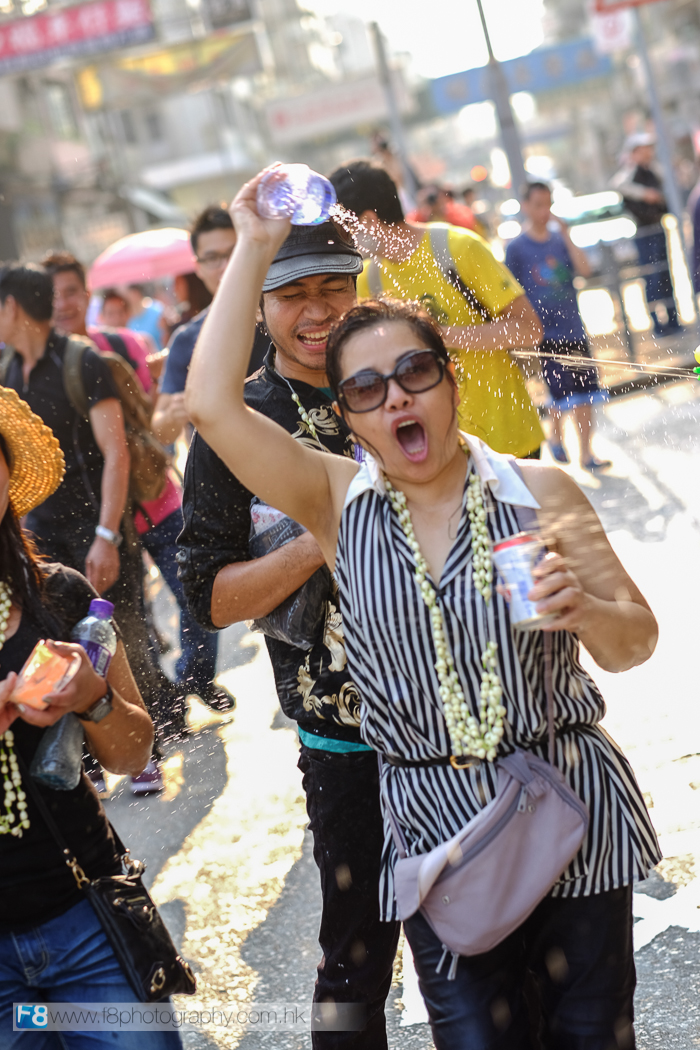
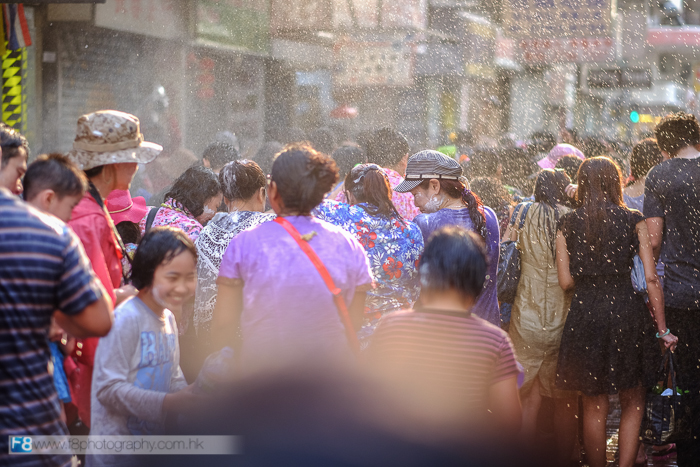
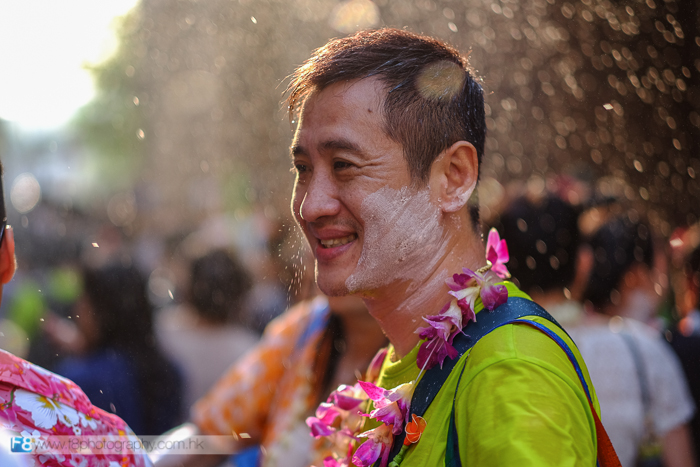
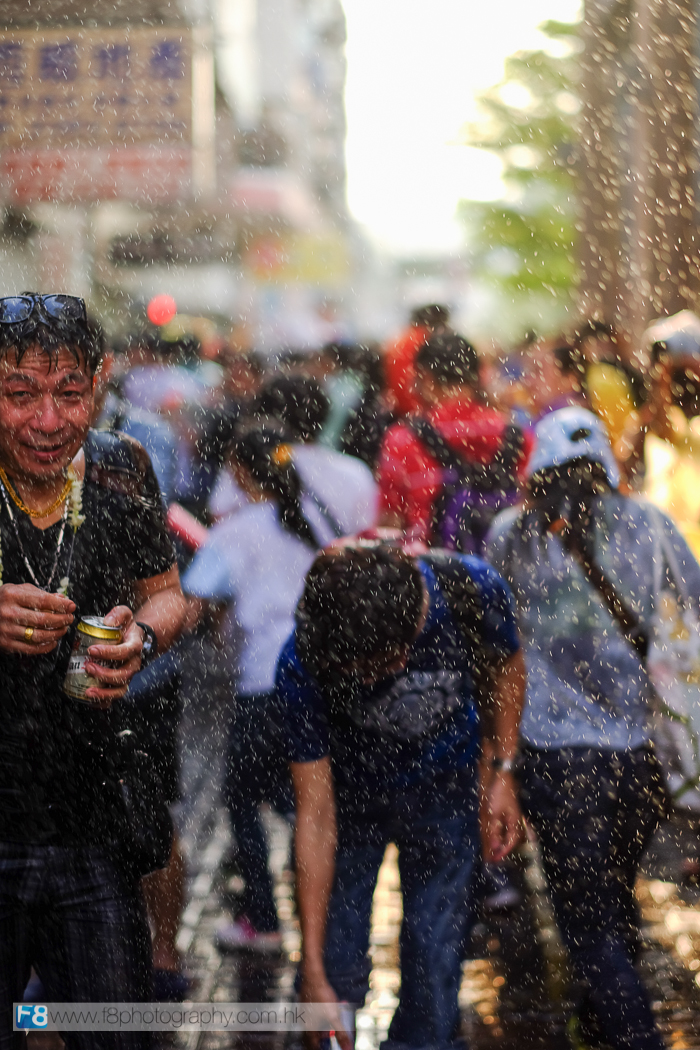
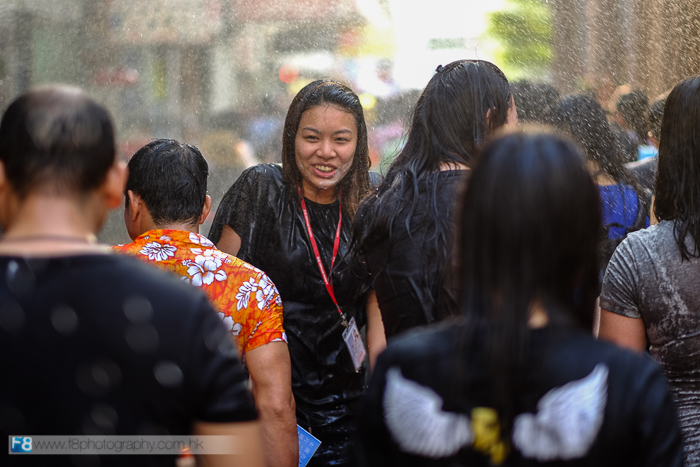
So, as the parade was drawing to a close, I checked out the camera again, it was looking worse than it was, as the X-T1 was covered in lumps of talc, lots of water and the bag I had put over the lens was ripped to shreds.....however, it appeared to be still working normally. I was worried about the lenses, I had been changing lenses throughout the 2 hours I had been there, so there was a fear that water had got inside (although I was very careful when changing lenses, ensuring I was well protected from any flying water), but nevertheless...fingers crossed, everything seemed fine so far. The last street I just took a few more images of a little girl that was fast becoming a star attraction as she was standing on her Dad's shoulders dressed in a mini-firemans outfit, throwing buckets of water at the police that were trying to disperse the crowds....highly entertaining :-)
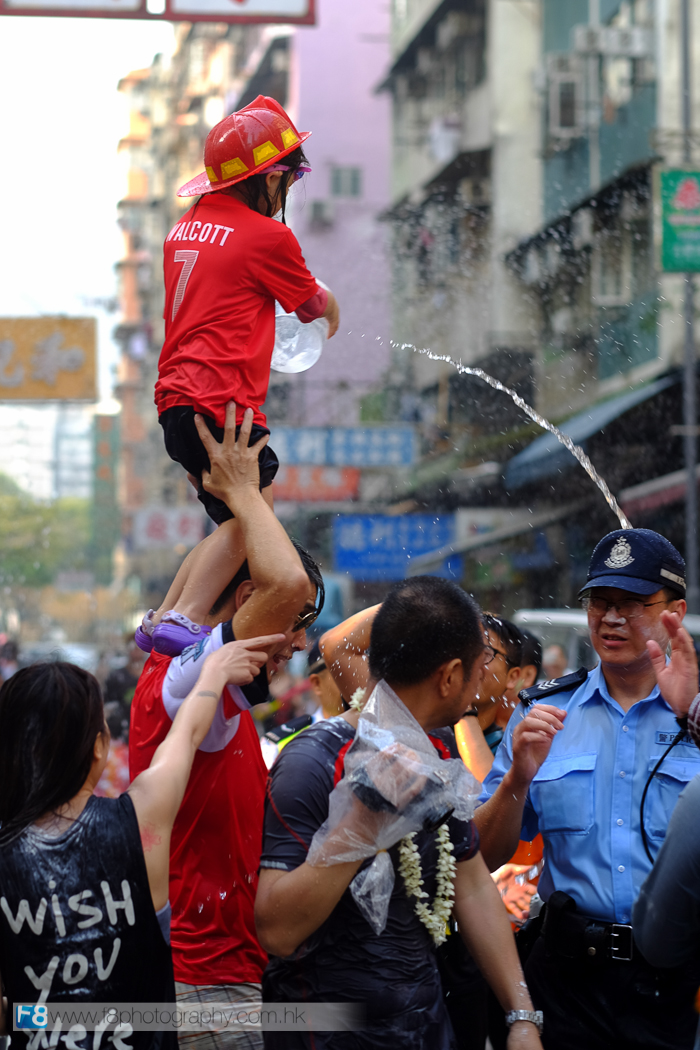
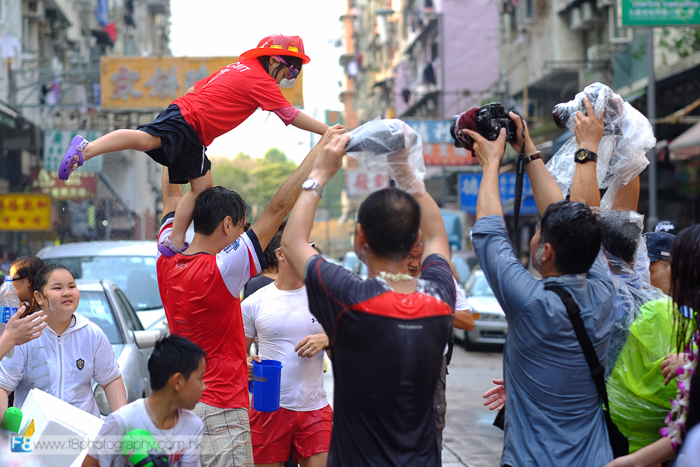
Here are a few closeup shots I took of the camera just so you can see it was quite covered in talc, water and condensation had built up inside the viewfinder....I have lost one or two cameras to water damage before, so was slightly concerned, but nevertheless The Fuji X-T1 stood well up to the challenge of this event, and event without any weather sealed lens, it did a great job, close up, soaking wet, in some harsh light, really I couldn't have asked a camera to do any more than it did.
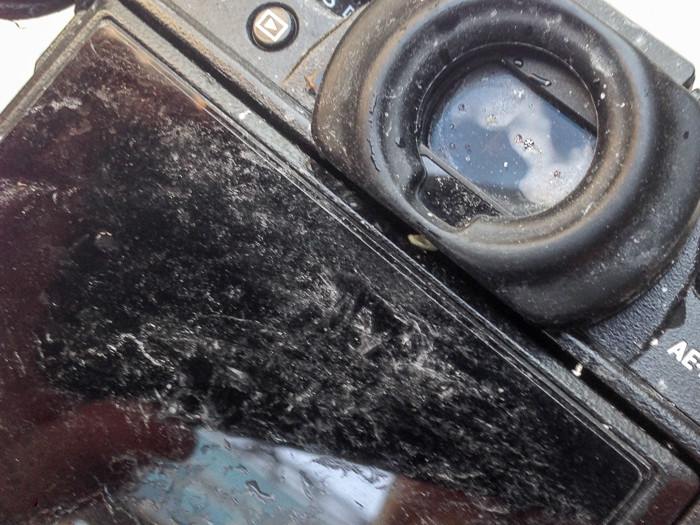
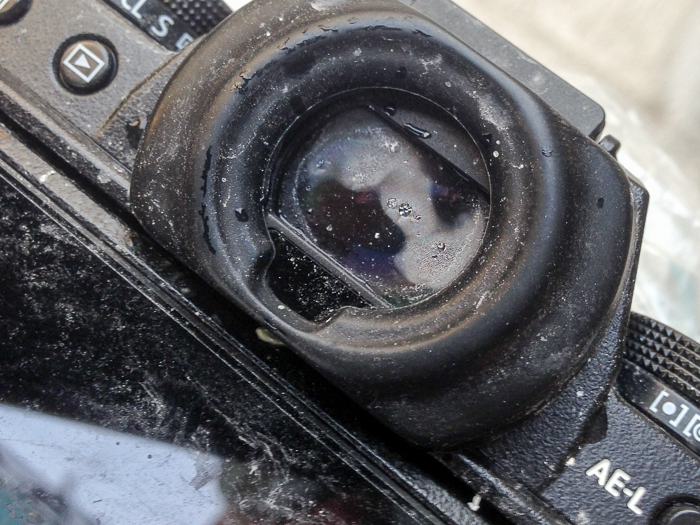
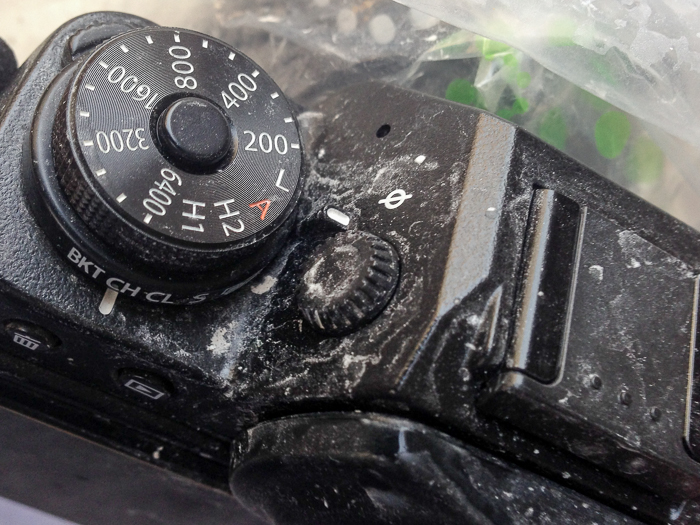
Conclusion
My conclusion is simple, the Fuji X-T1 yet again has impressed me with its ability to shoot in a fast paced, harsh condition event. I definately couldn't shoot my Leica cameras here due to weather sealing not being up to par, and basically they are much slower, more methodical cameras for me.
I took the camera home afterwards, gave everything a good wipe down with a damp cloth then dried it off. Everything is working perfectly (Now 4 days later...and still fine), not gritiness when turning dials, no problems with lenses or condensation, its as good as new, so for sure its passed it weather sealing test for me!
I could have easily used my 5D Mark III I'm sure, but I like to keep that big boy wrapped up at the office for commercial projects only, I don't use any of my Canon gear for my personal shooting or photography workshops abroad, thats just for commercial use, big cameras impress clients for some reason, so we keep the big stuff for that ;-)
Again, as per my original blog post which is linked here as full review of the Fuji X-T1, I can only really say good things about it, if you are looking to buy in to the Fuji system, now is the time, this is easily their best yet, well done Fuji, finally its hit the nail on the head for this format.
Keep in Touch with us
I have a public facebook page if you would like to stay in touch and see regular updates of my images, that can be seen here. Please 'Like' the page to get regular updates.
If you wish to find out more about my photography business 'F8 Photography' please check out our website, we regularly run photography workshop in Hong Kong, Cambodia and India currently and have been doing this for several years and those events can be seen under the 'workshops' tab at our website.
There is also a link at the top left of this blog post to subscribe to our blog updates if you wish.
We also do commercial photography and videography all over Asia, please keep in touch and we hope to see you around Hong Kong or somewhere else on our adventures.
After spending 18 years in the British Army, Gary left the Army in 2007 after serving with the Combat Camera Teams all over the world and moved to Asia to set up F8 Photography from which he now conducts all his photography endeavours. You will NEVER see Gary anywhere without a camera....
Thanks for reading.
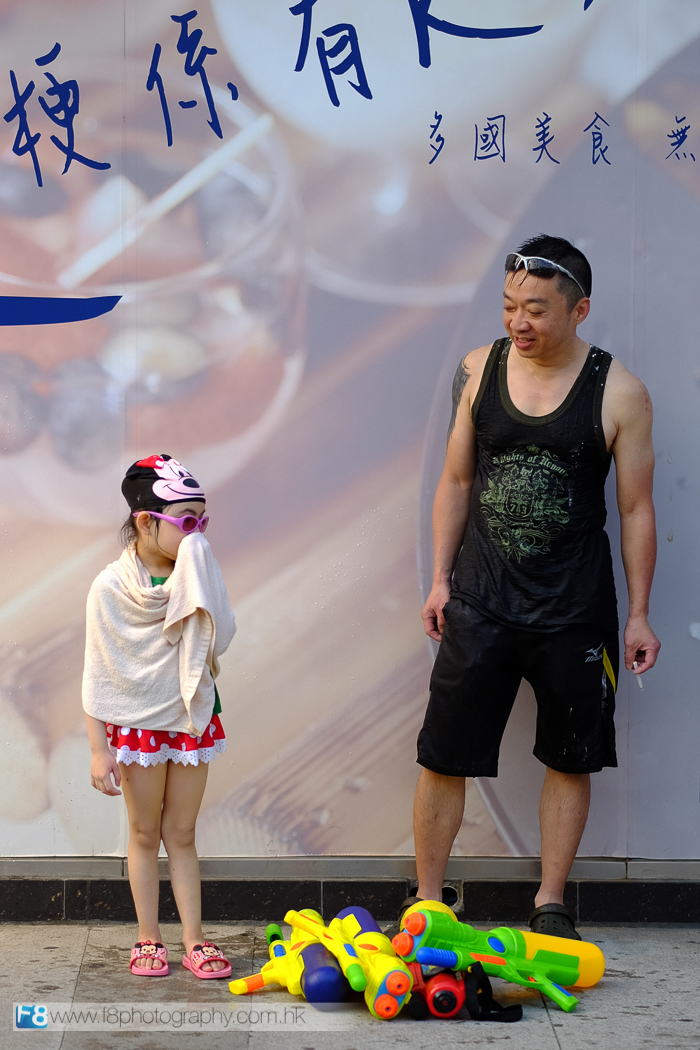
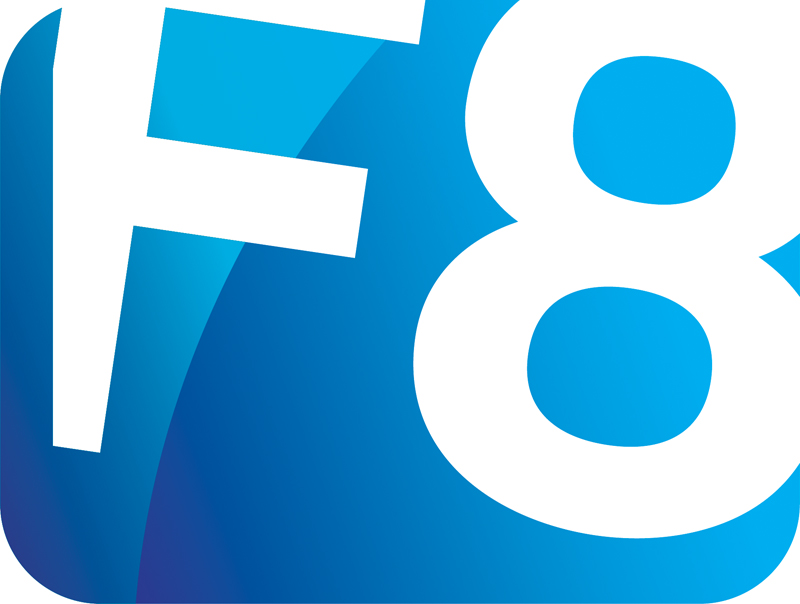

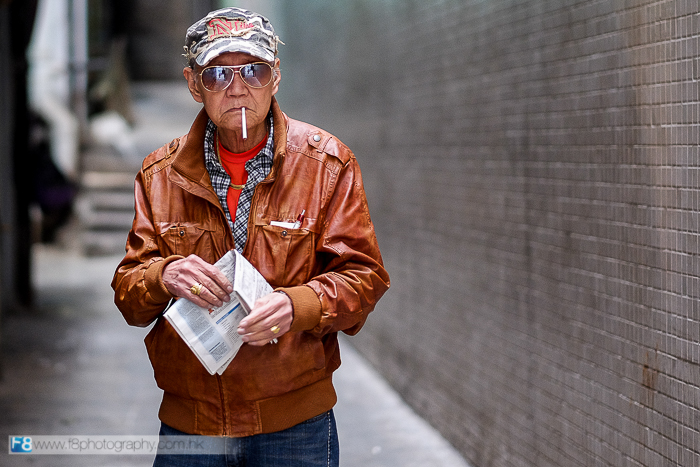
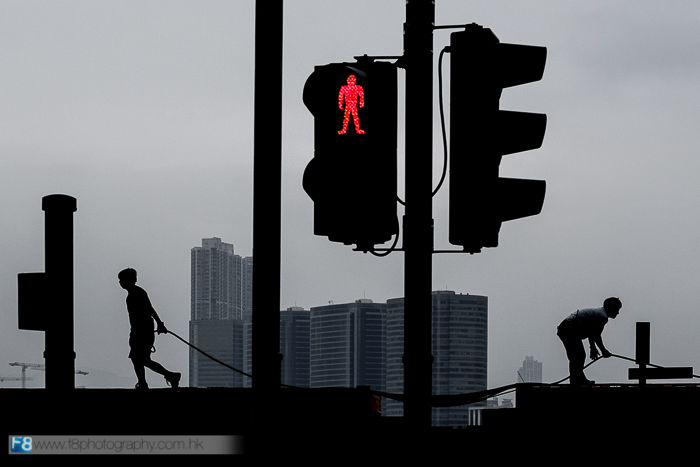
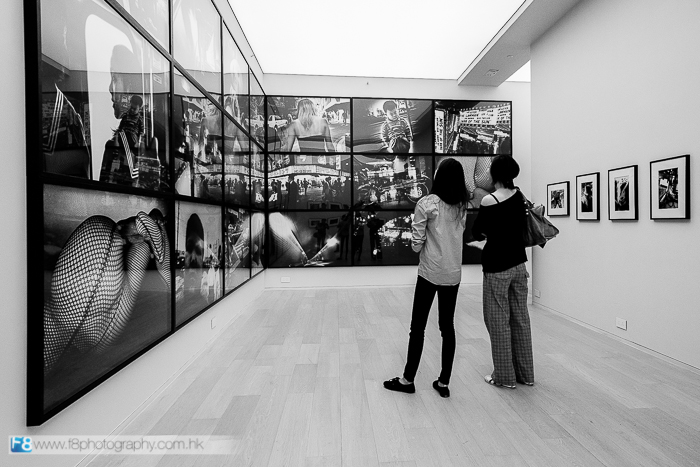
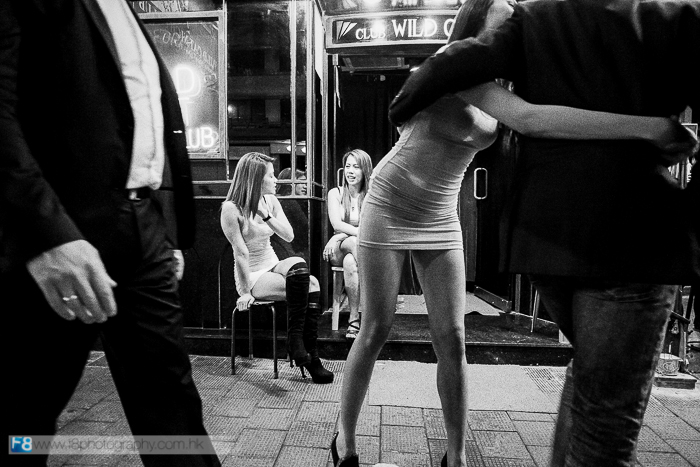
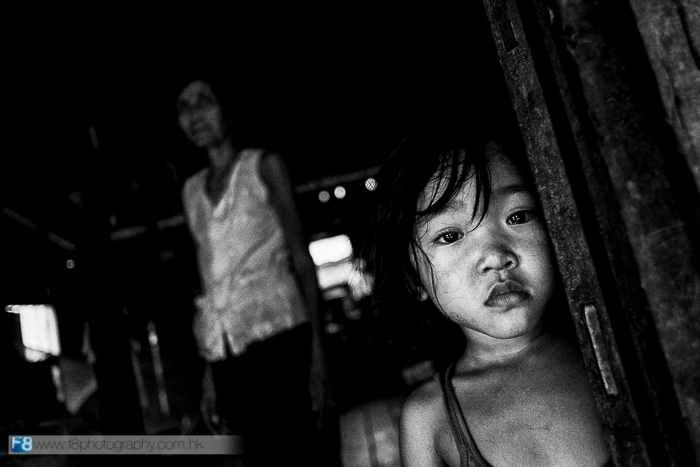
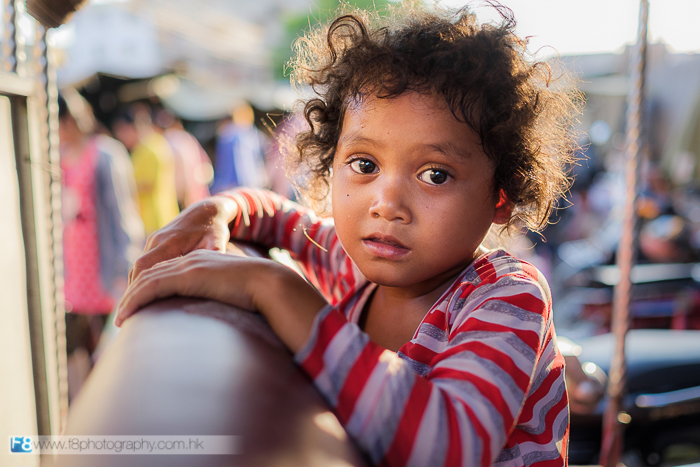
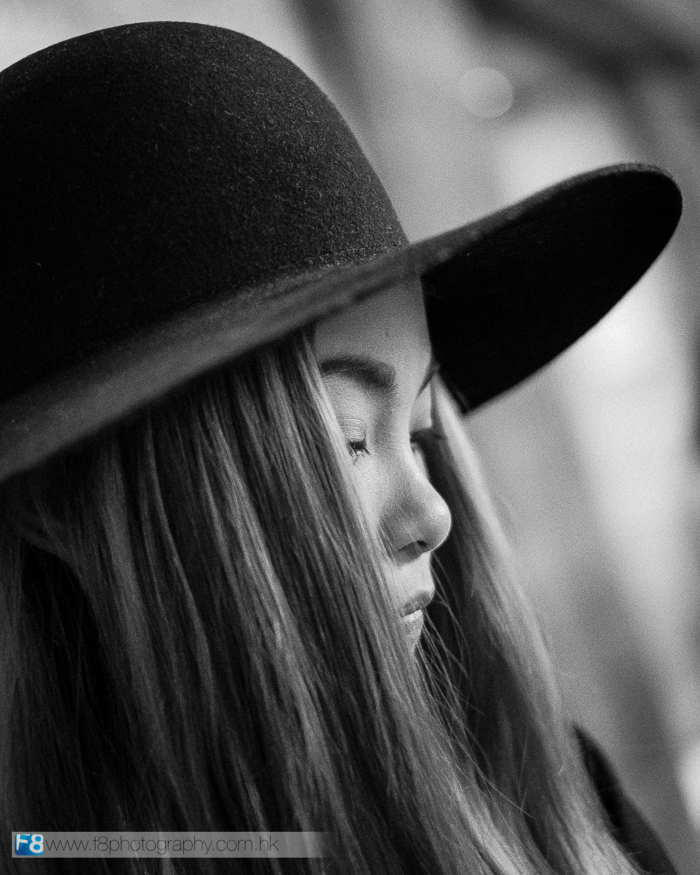
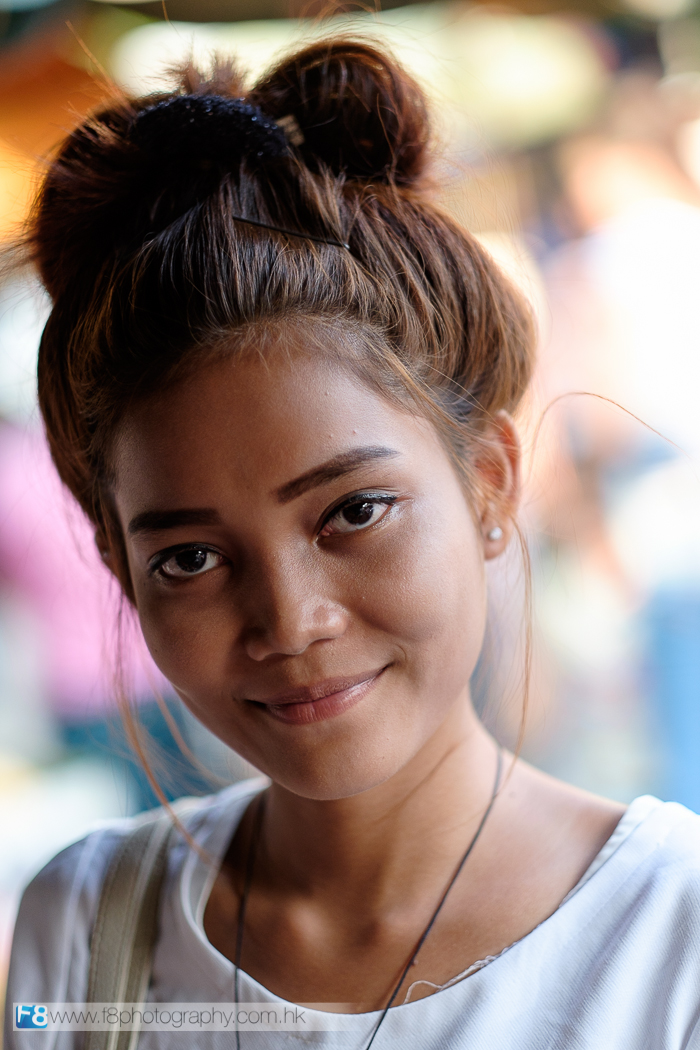
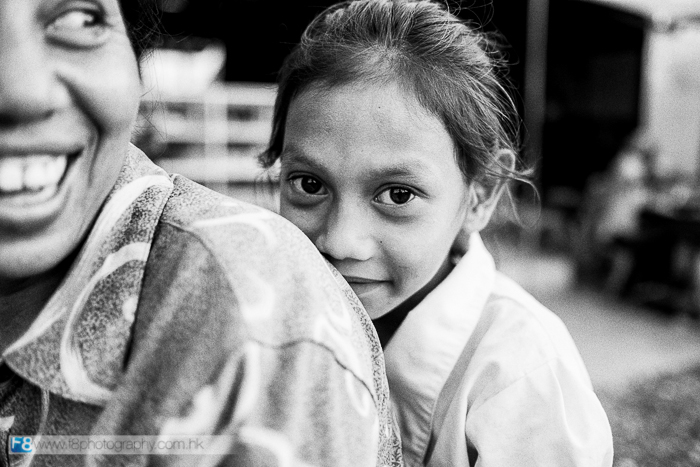
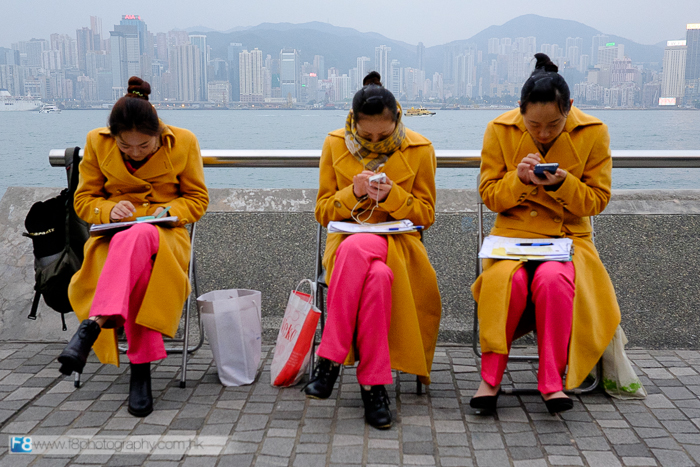
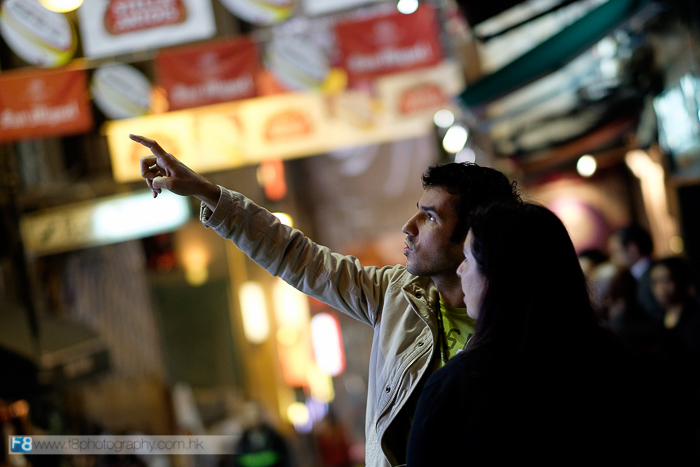
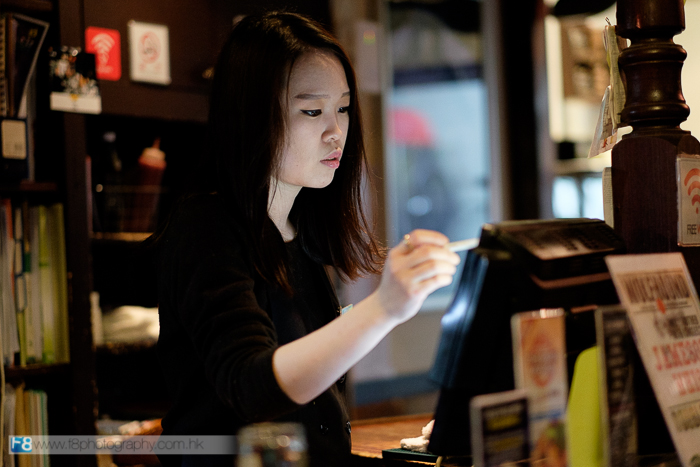
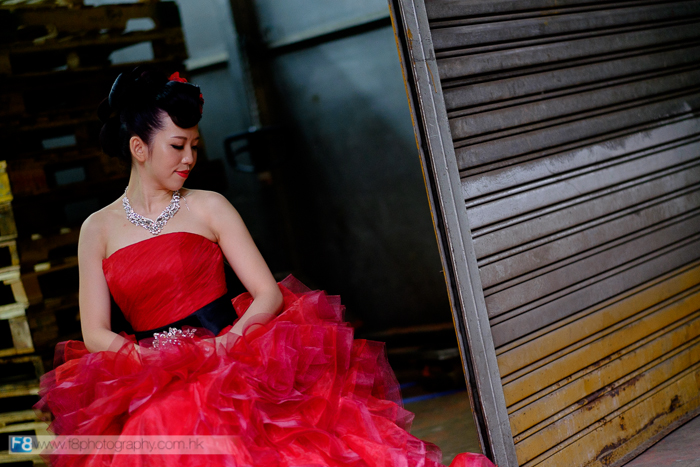
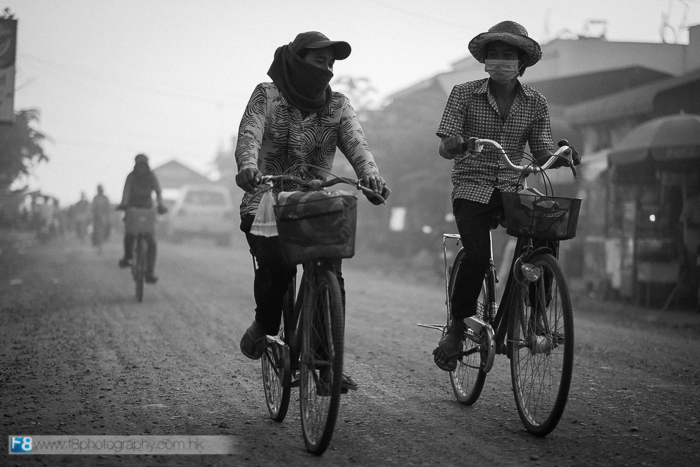
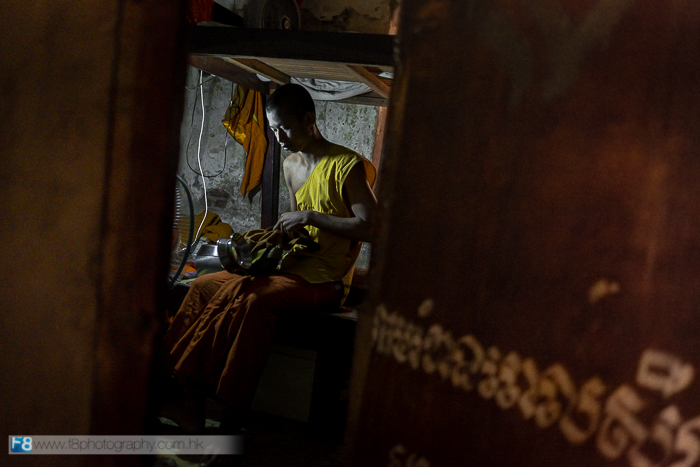
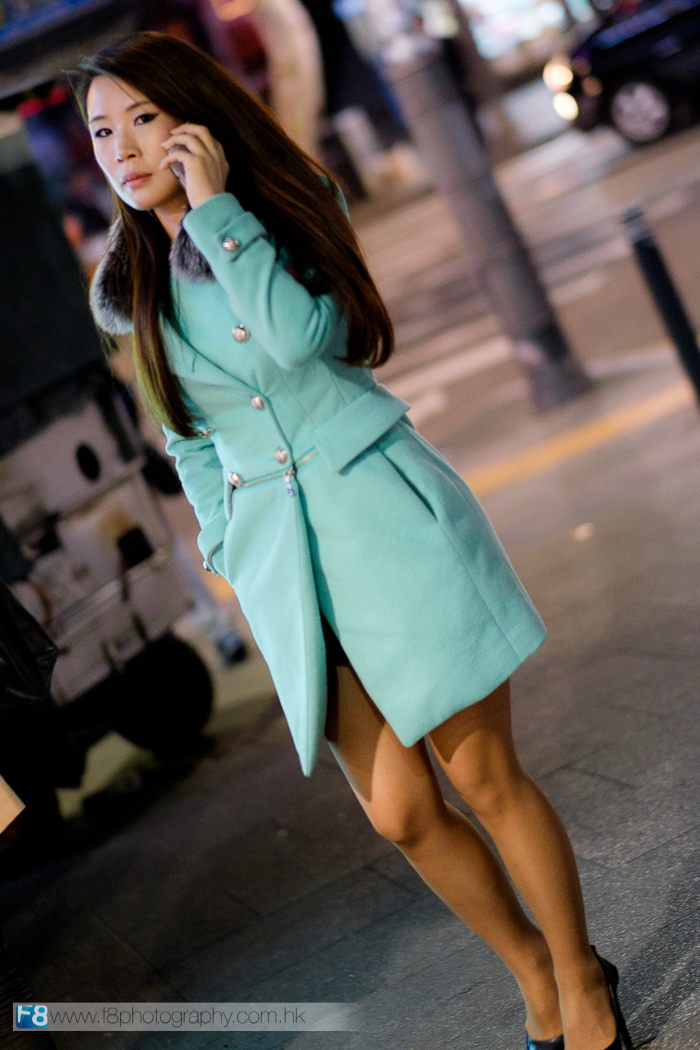

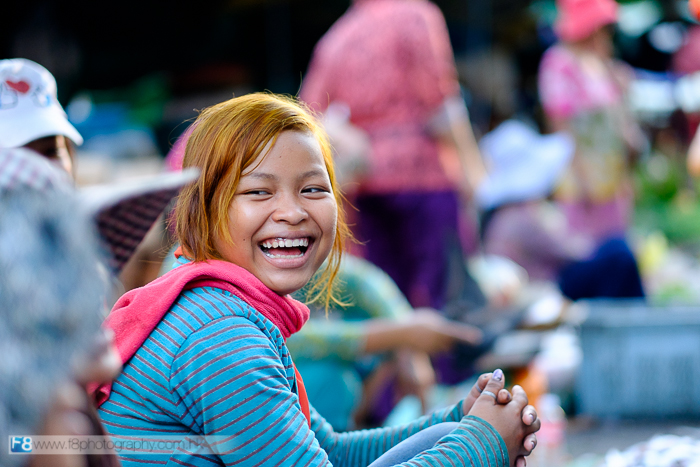 56mm. Direct from camera RAW with Velvia mode for strong vibrant colours throughout.
56mm. Direct from camera RAW with Velvia mode for strong vibrant colours throughout.
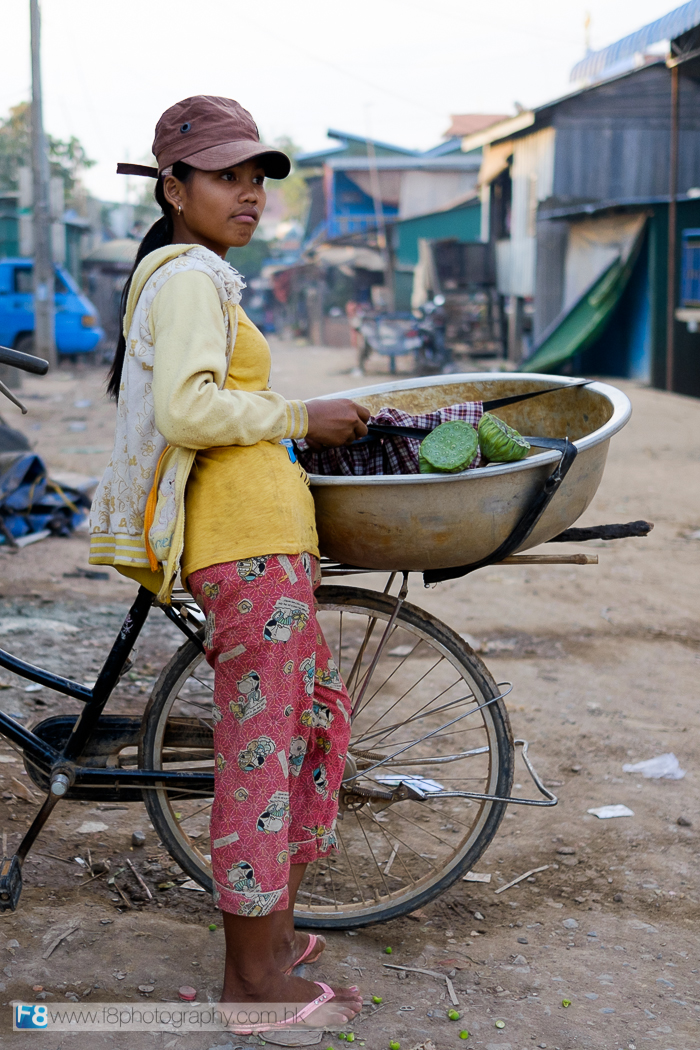 23mm. Direct from RAW with Astia for a softer more natural colour look.
23mm. Direct from RAW with Astia for a softer more natural colour look.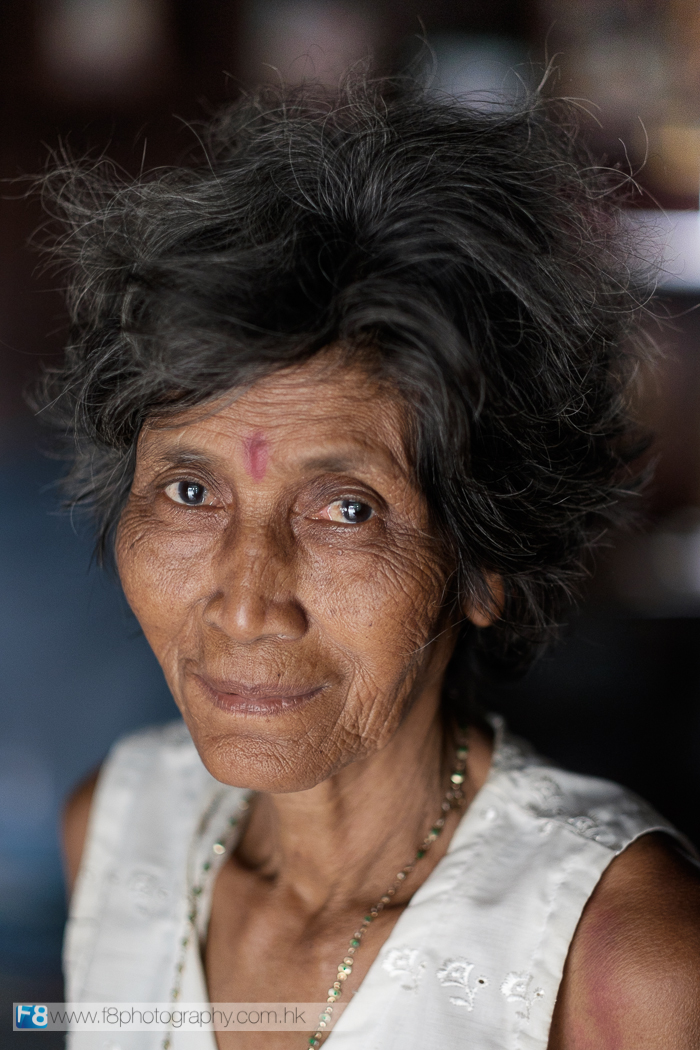
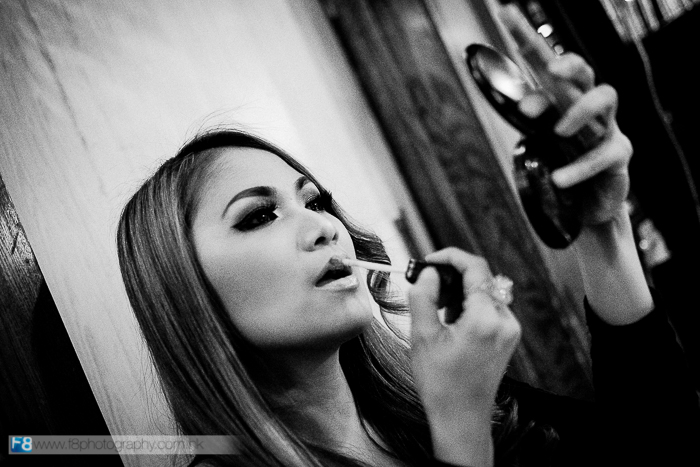
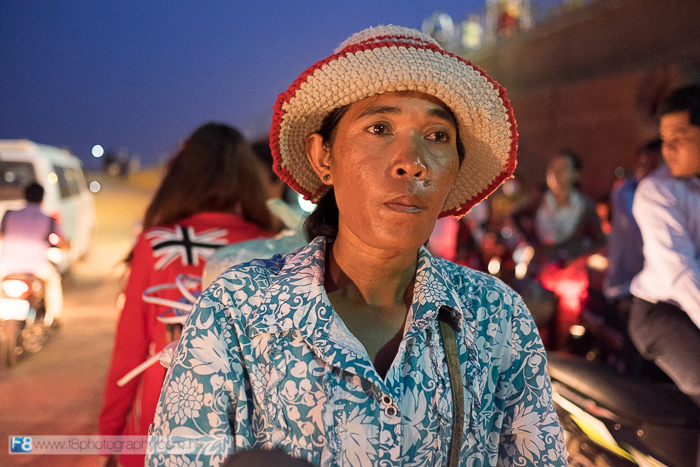
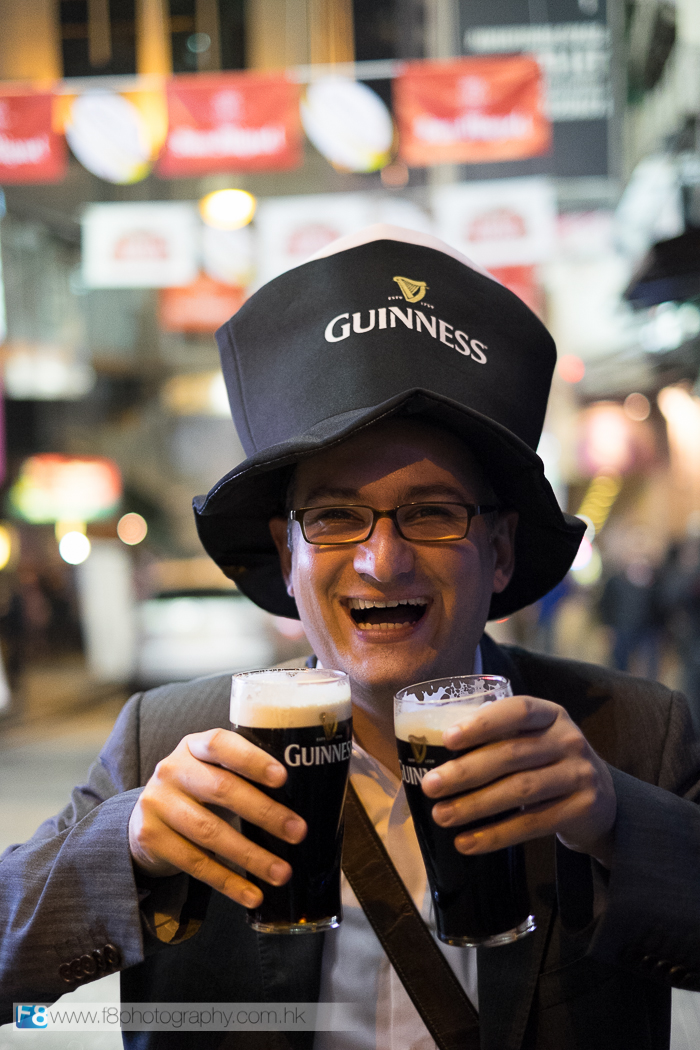

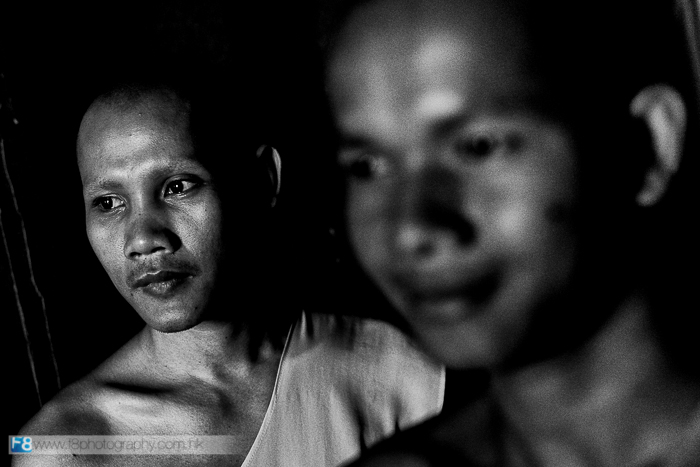

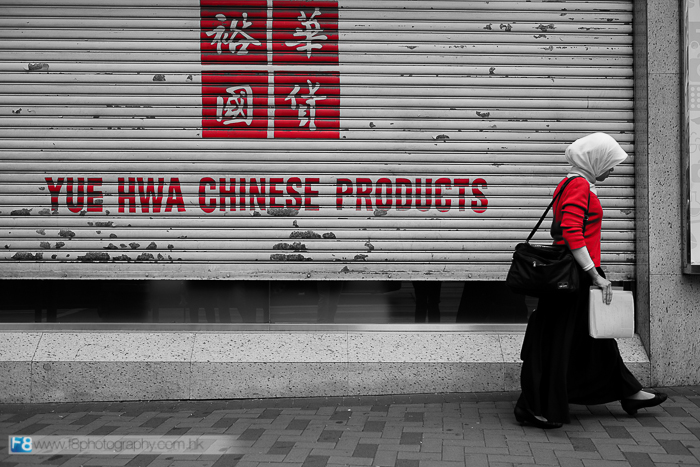


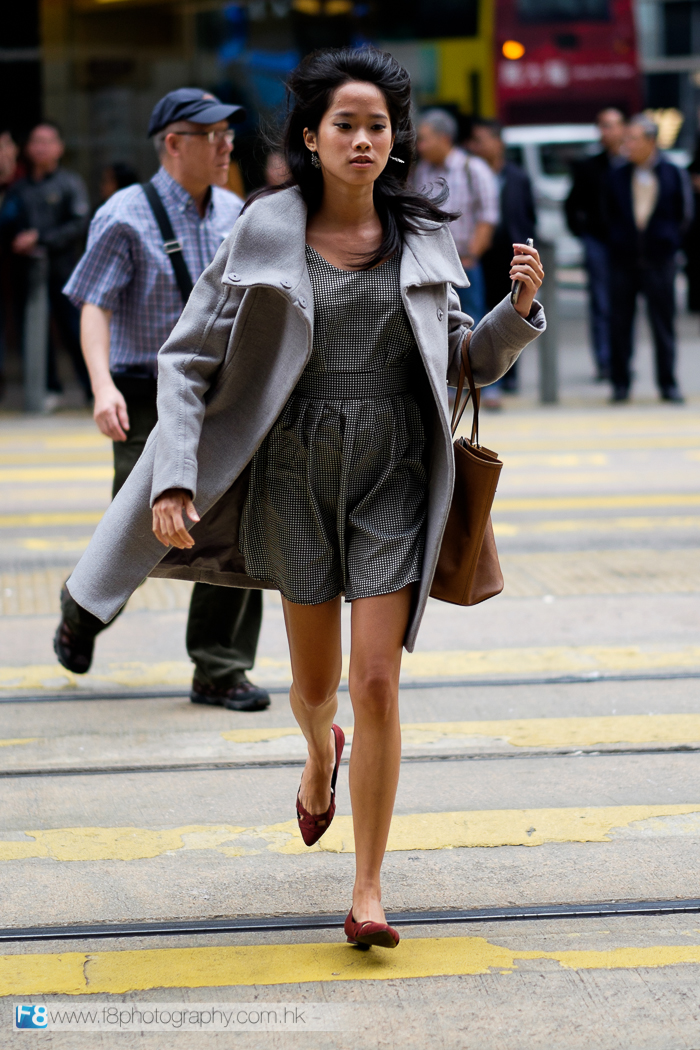
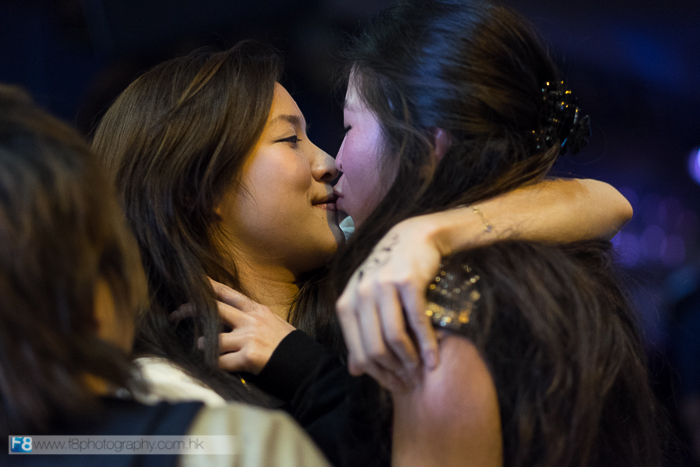
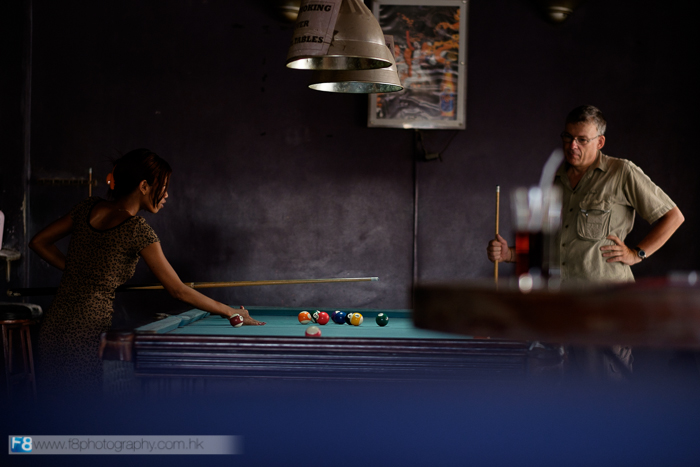
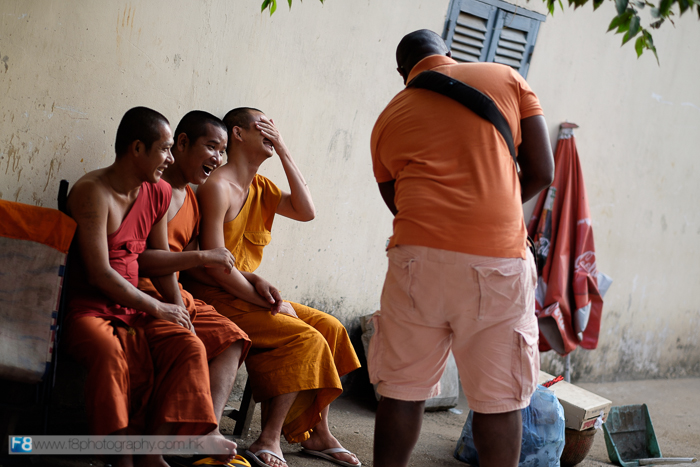
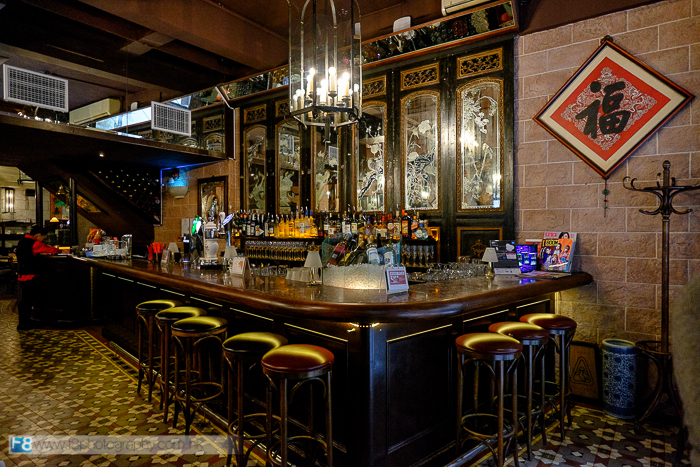

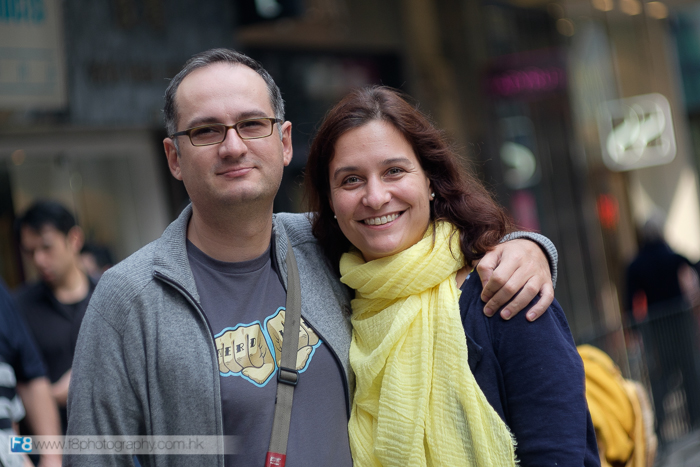
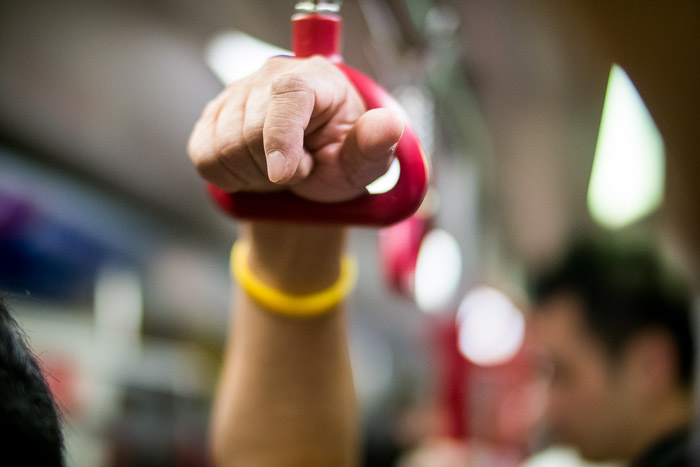

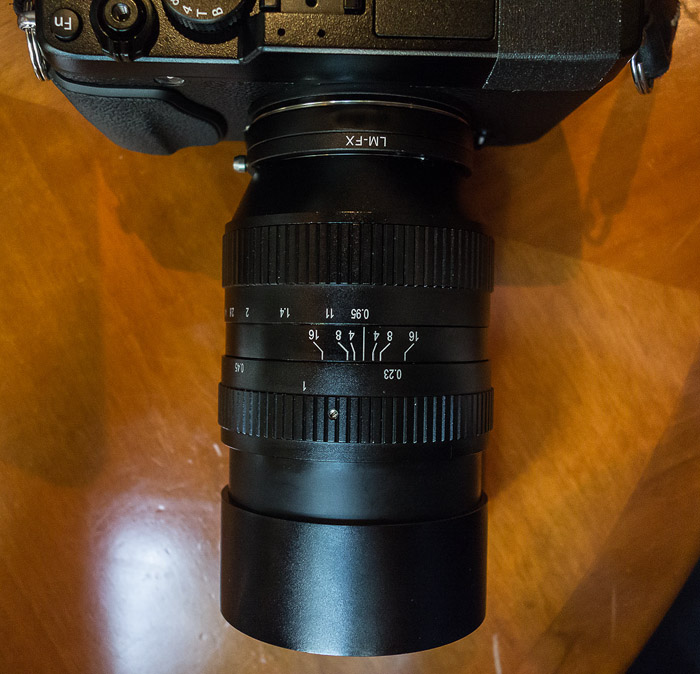
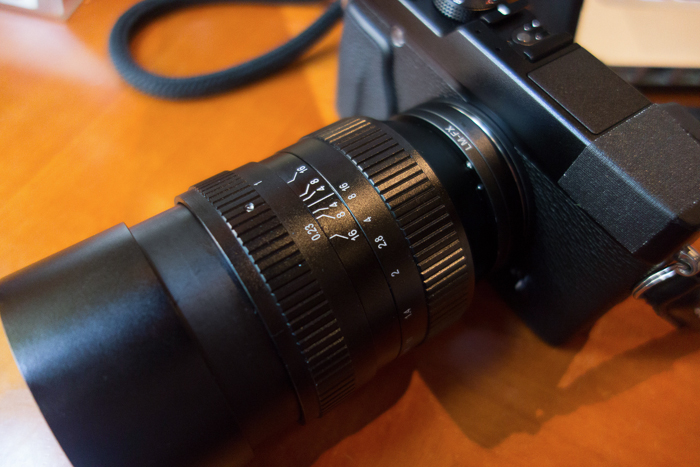
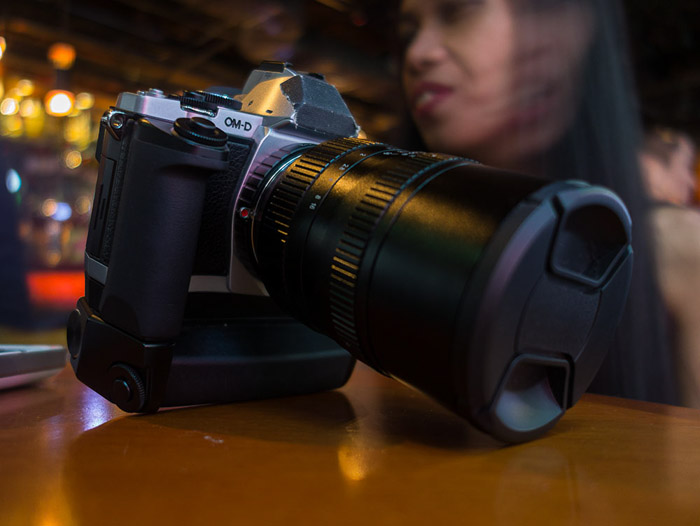
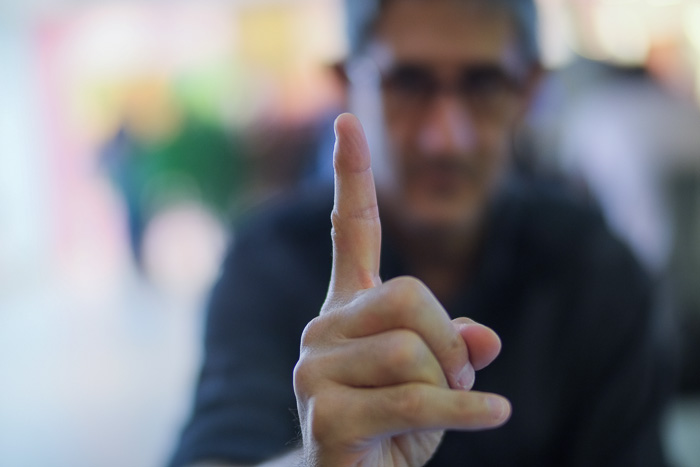
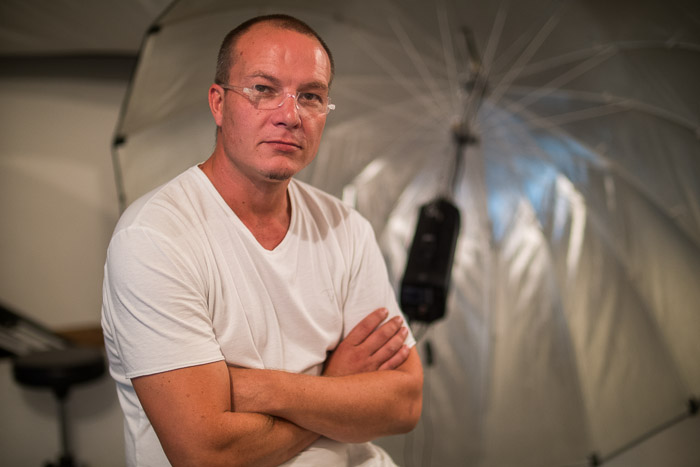
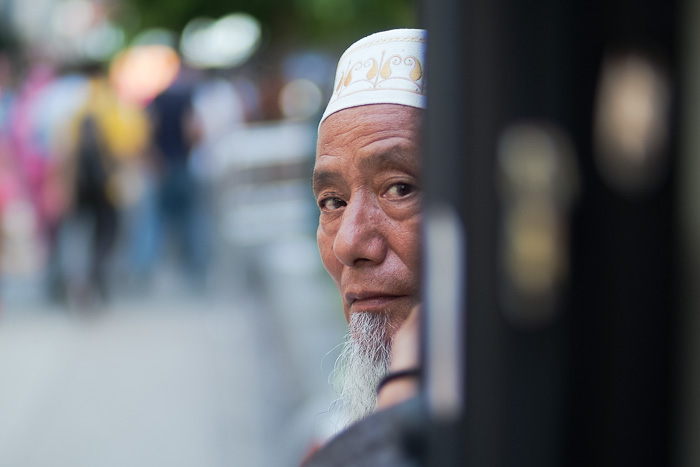
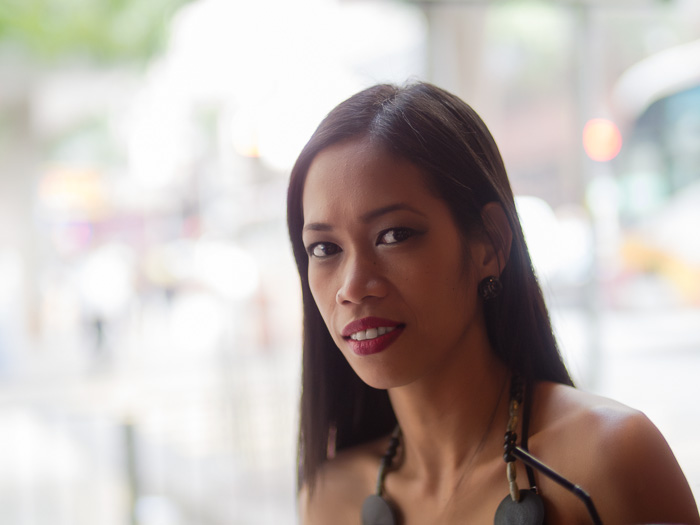

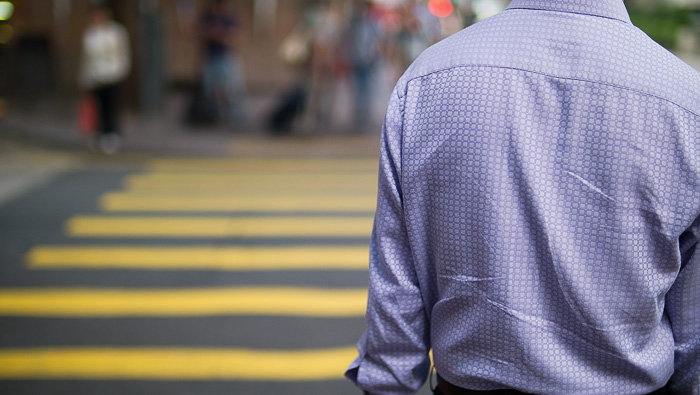
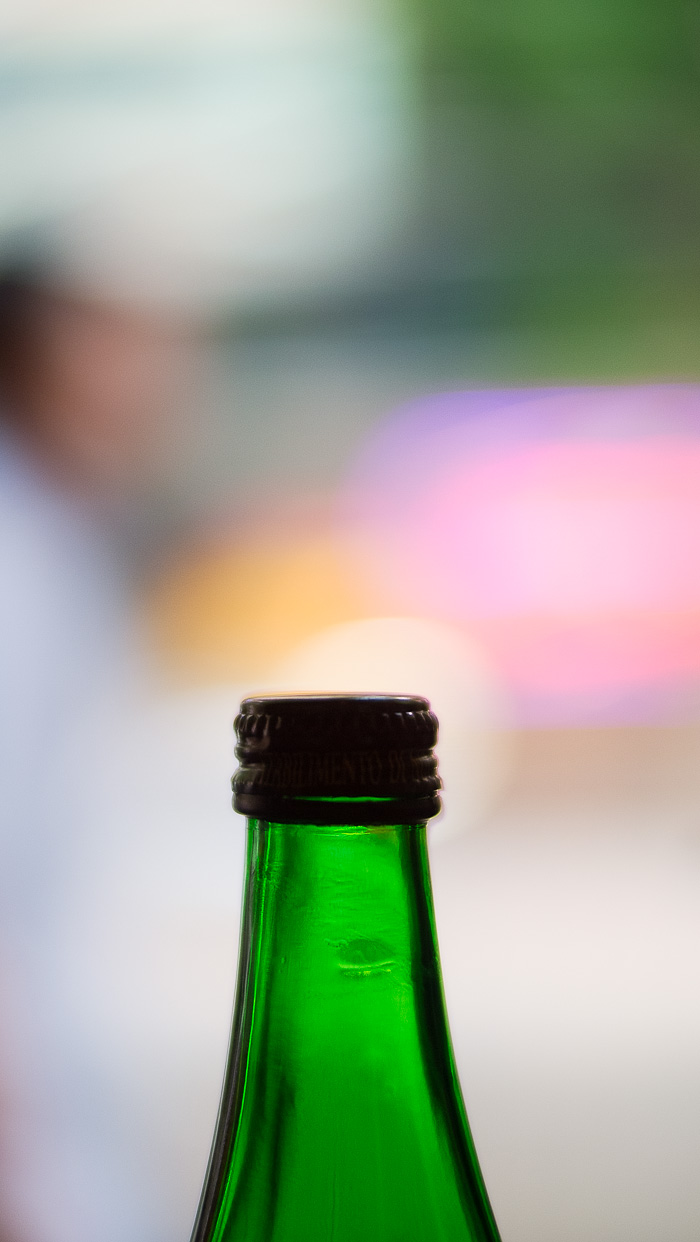

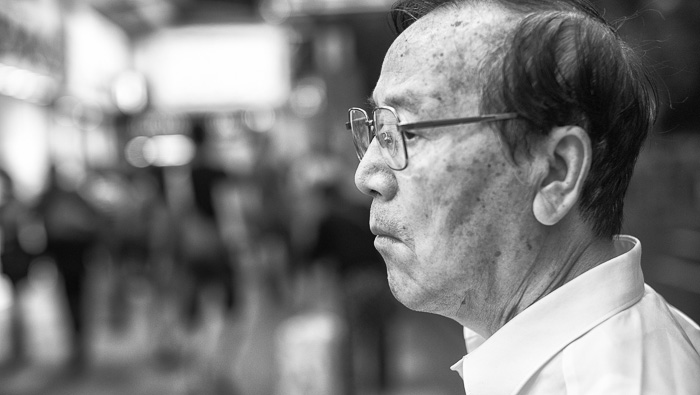




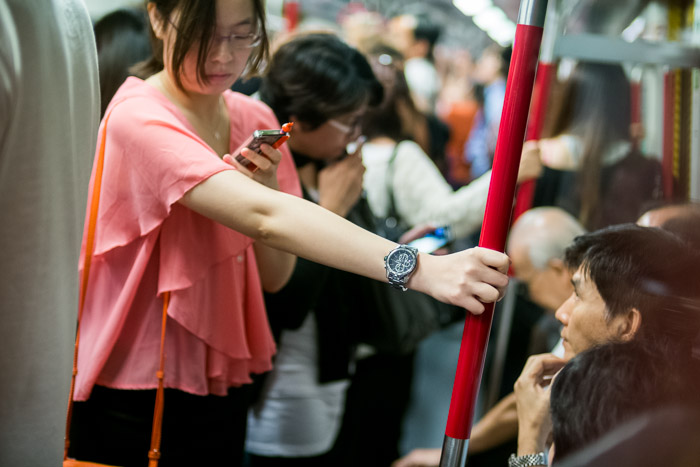






 (local school in Phnom Penh, with super friendly staff and kids, 45mm)
(local school in Phnom Penh, with super friendly staff and kids, 45mm)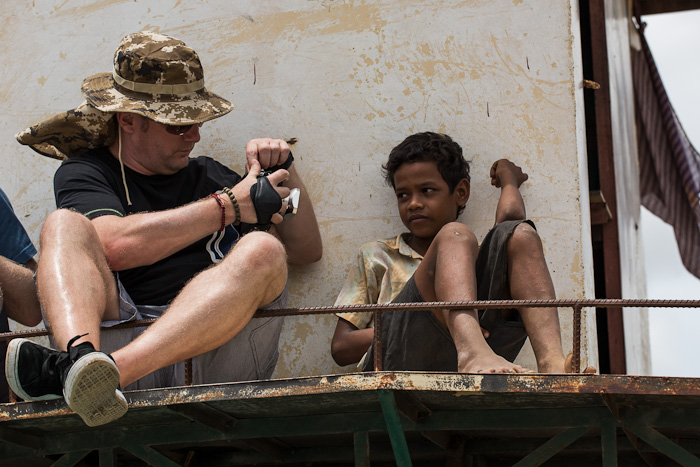





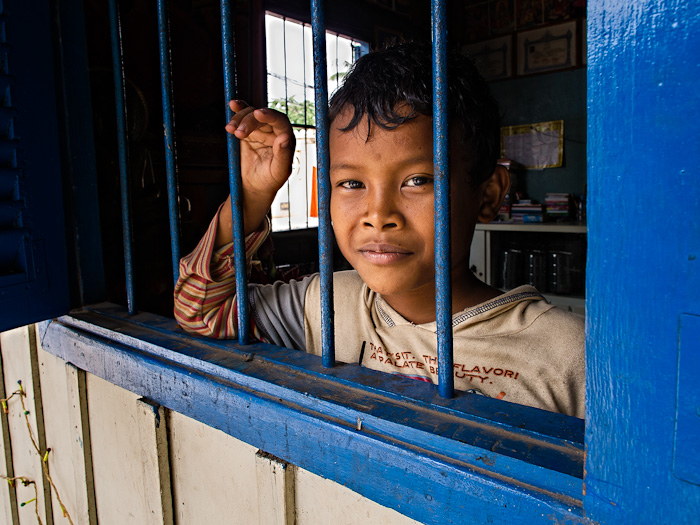
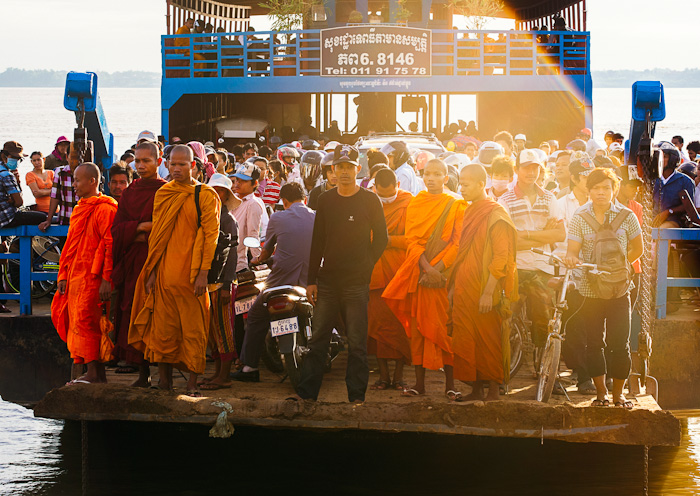
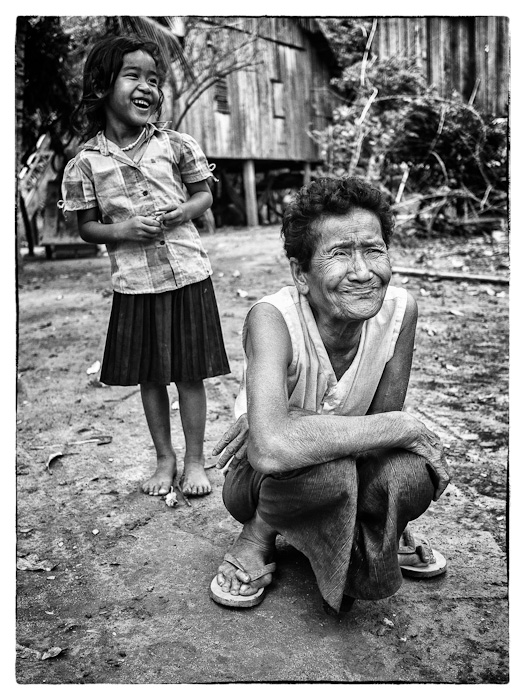
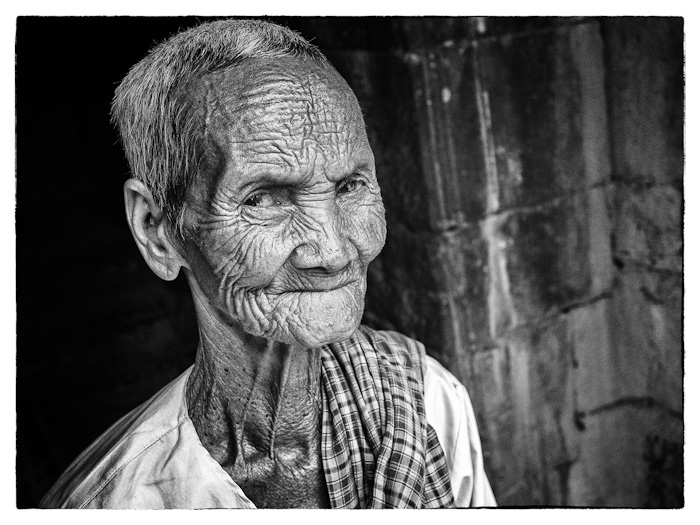


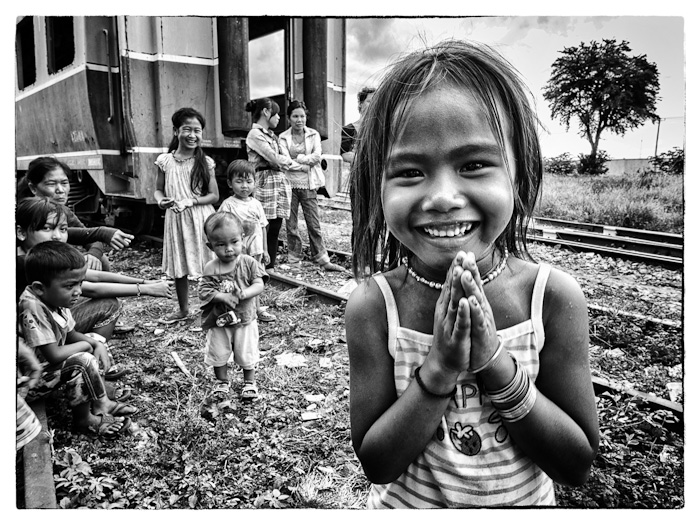





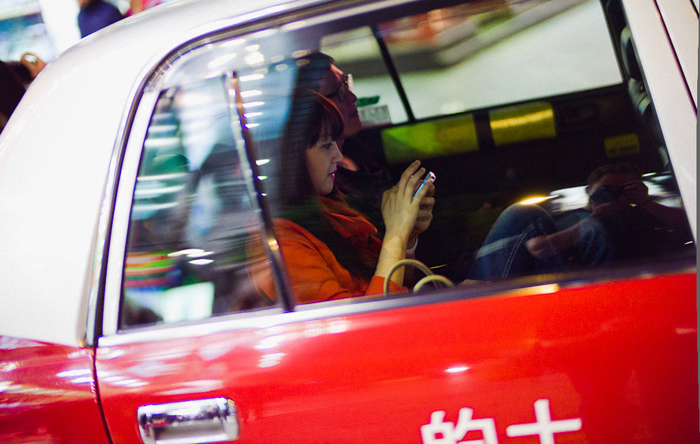



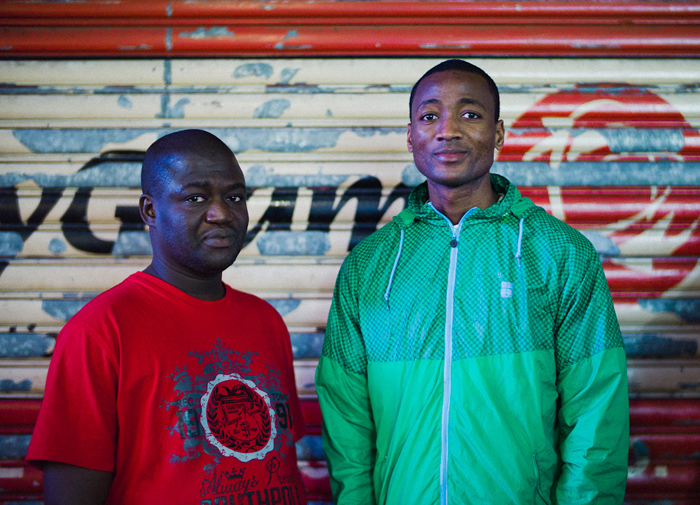
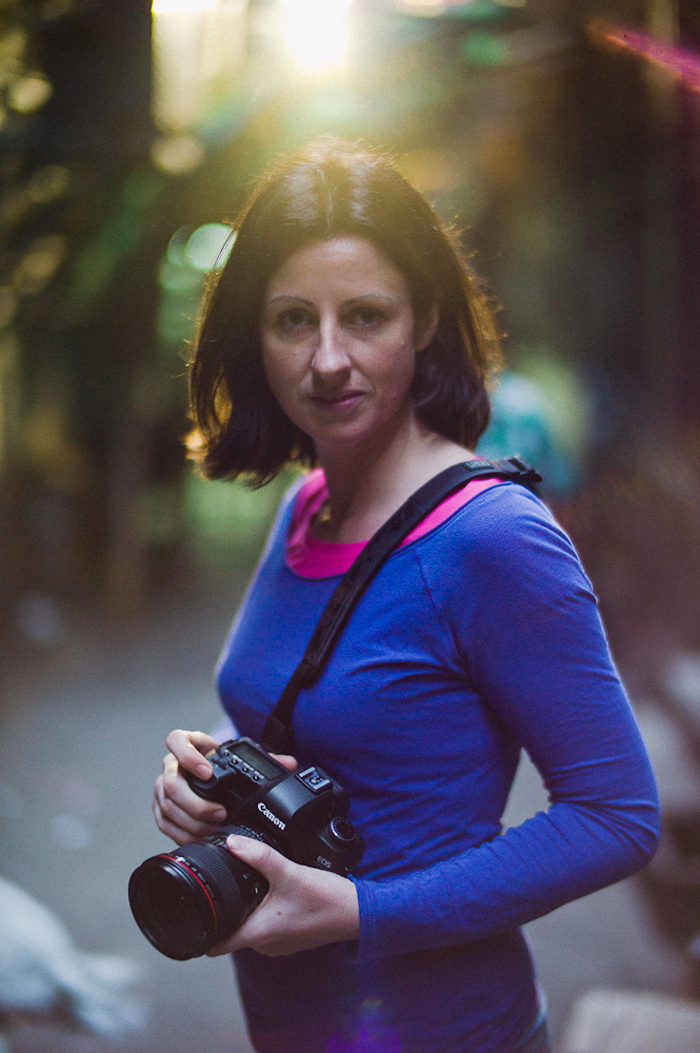
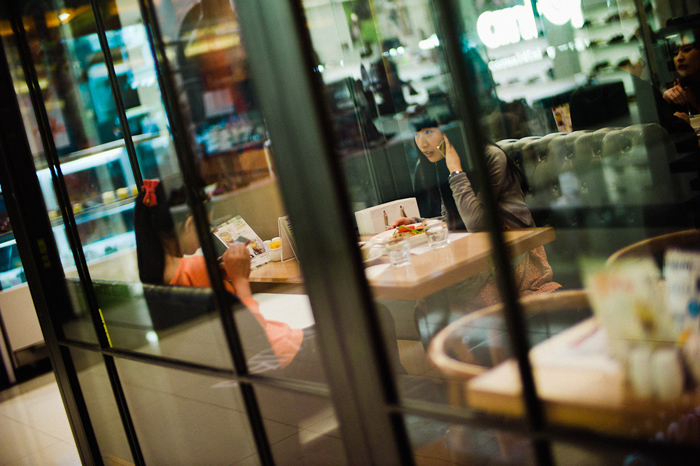

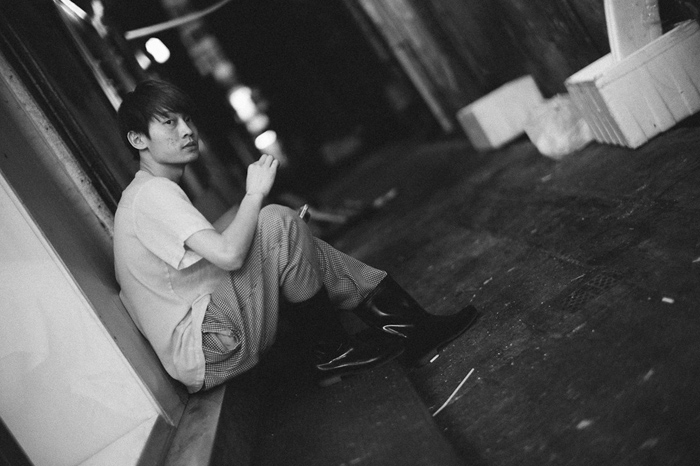



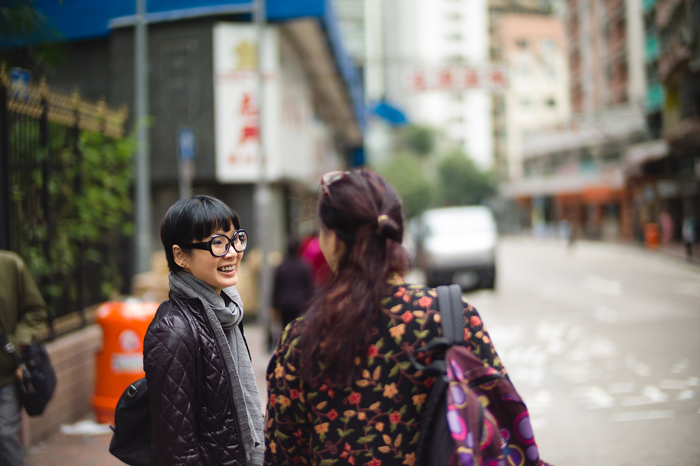
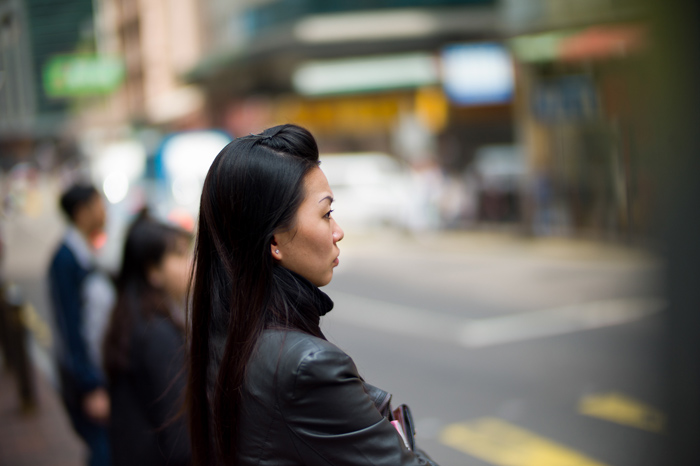

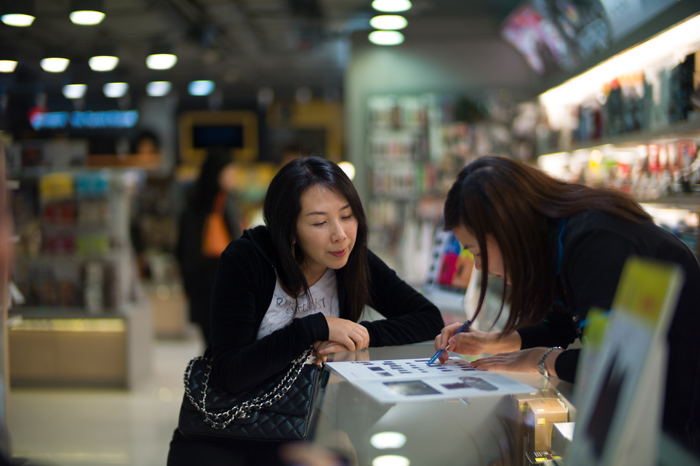

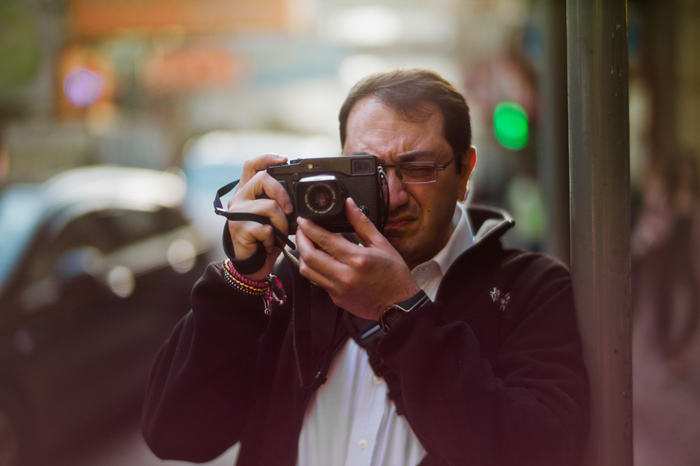
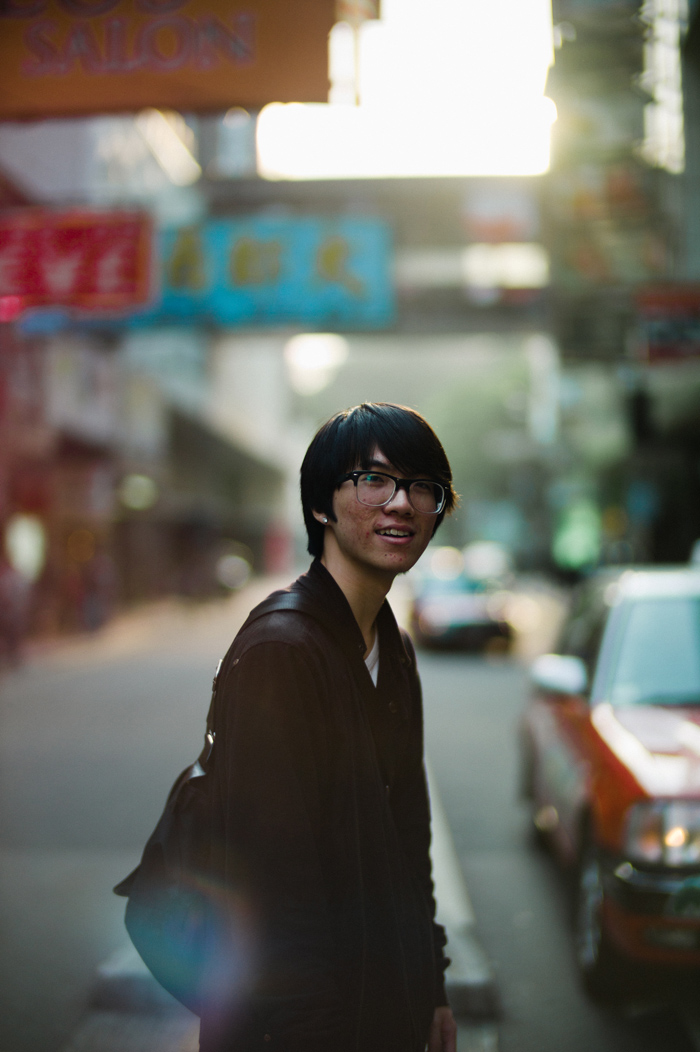
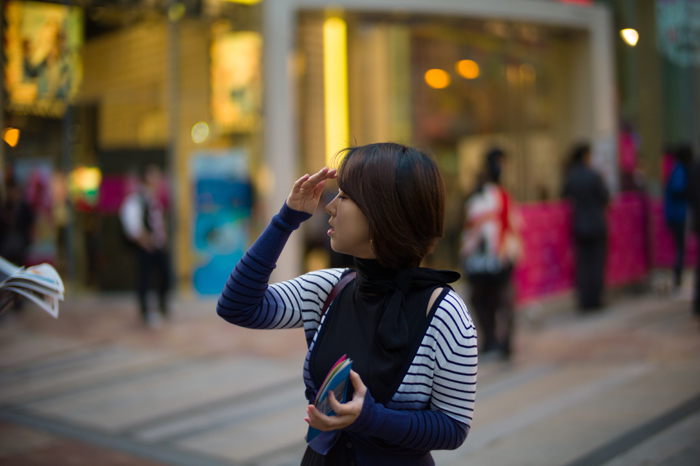

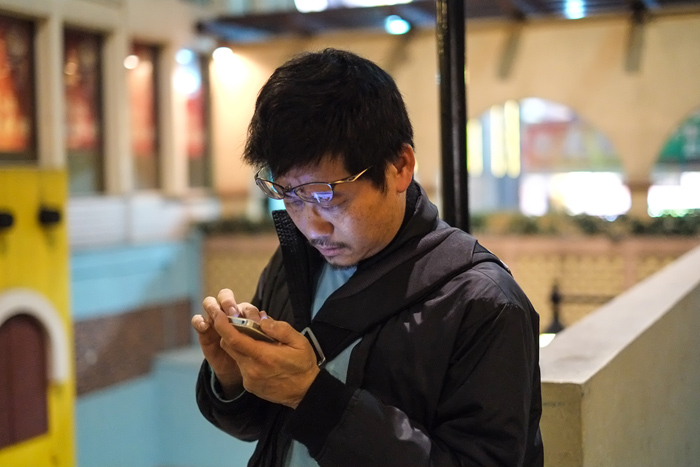


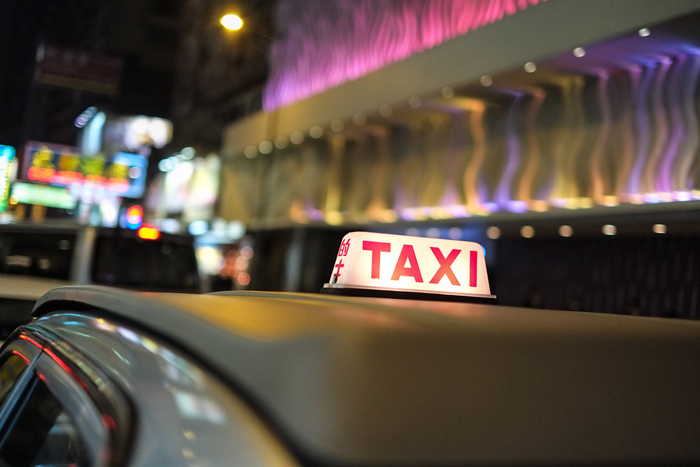 (Taxi, 1/1000th F1.4, ISO 3200)
(Taxi, 1/1000th F1.4, ISO 3200)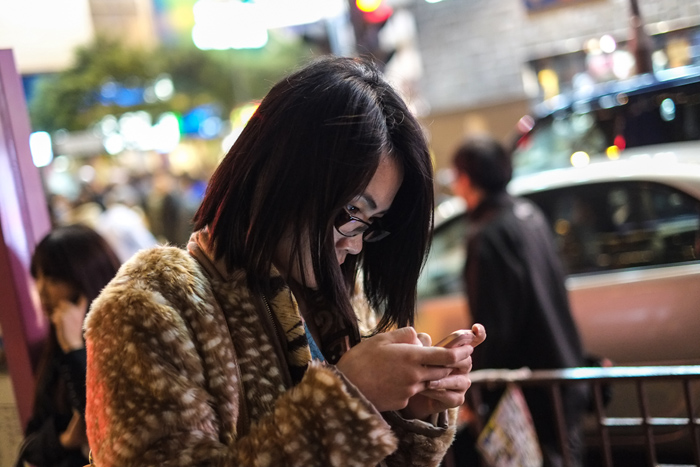








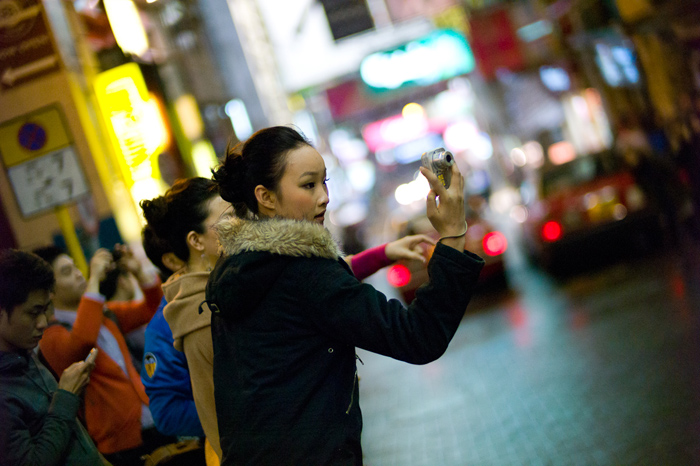 (First shots wide open in Lan Kwai Fong)
Anyone that shoots Leica M cameras may have heard the buzz that is going around currently about this new 50mm lens that is due to come out later in 2012.
(First shots wide open in Lan Kwai Fong)
Anyone that shoots Leica M cameras may have heard the buzz that is going around currently about this new 50mm lens that is due to come out later in 2012.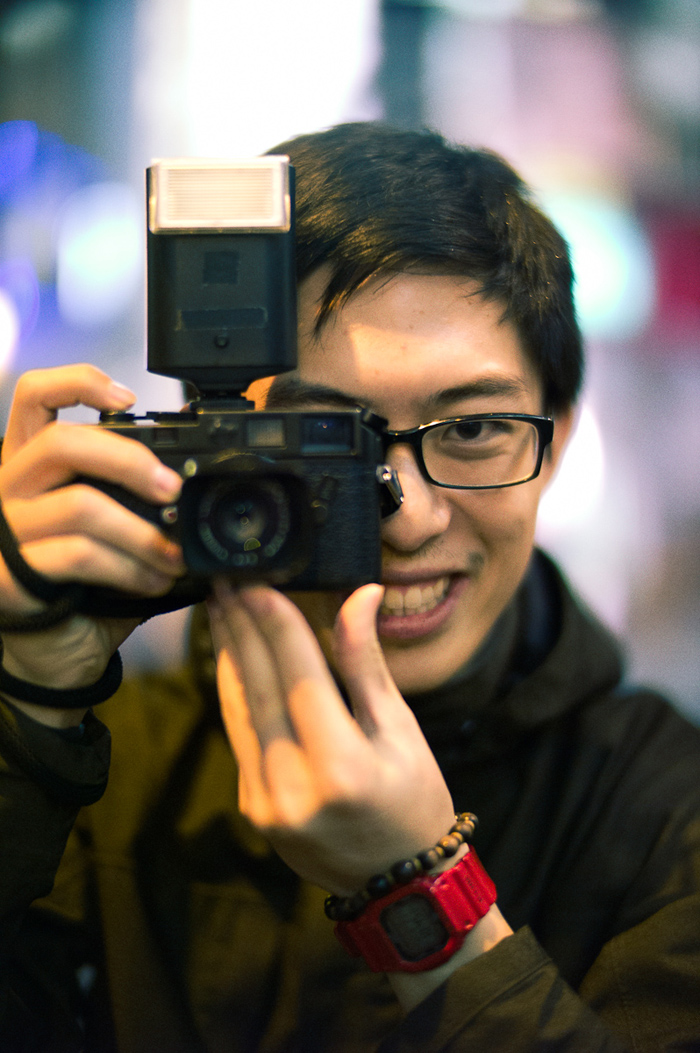 (Eric Kim posing for the hyperprime...focussing was perfectly accurate at 0.7 metres)
(Eric Kim posing for the hyperprime...focussing was perfectly accurate at 0.7 metres)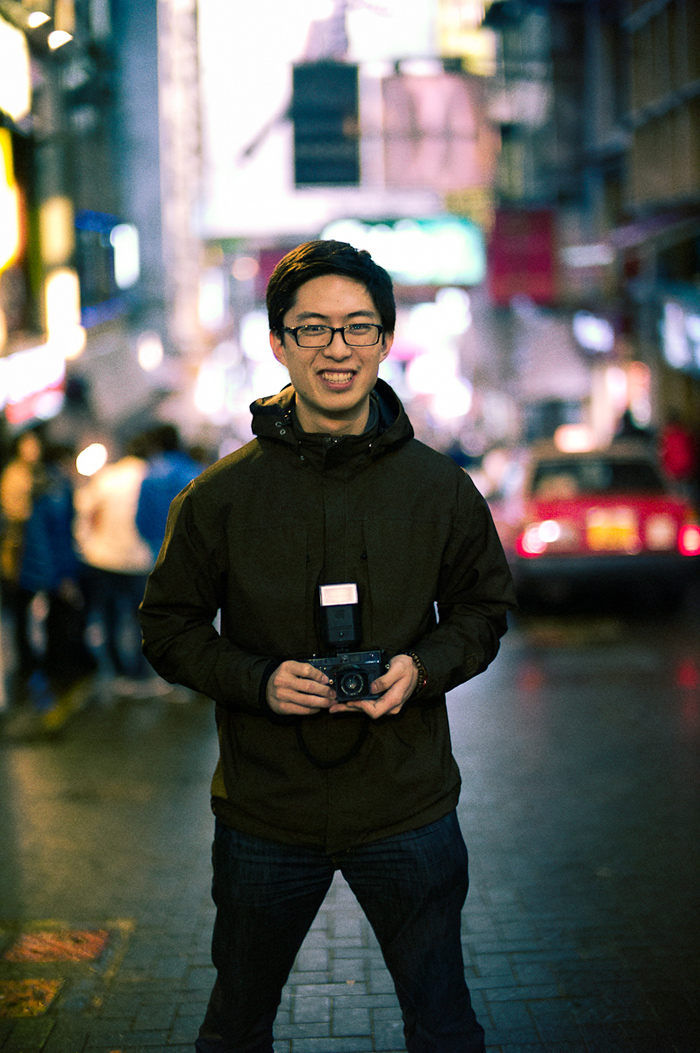 (Eric Kim in Lan Kwai Fong)
(Eric Kim in Lan Kwai Fong)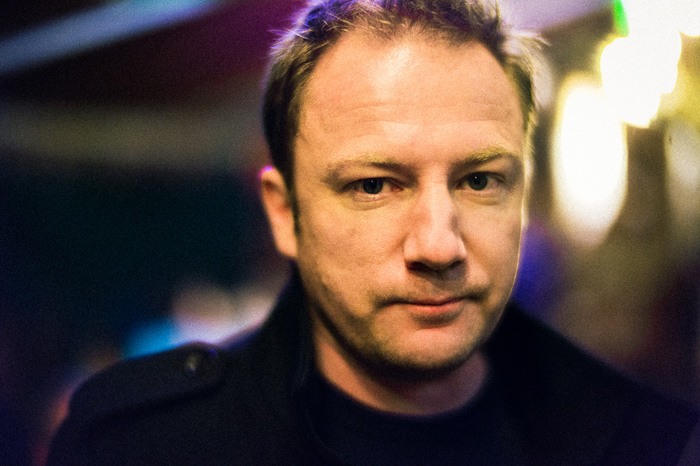 (Me, photographed by Eric Kim at minimum focussing distance)
(Me, photographed by Eric Kim at minimum focussing distance)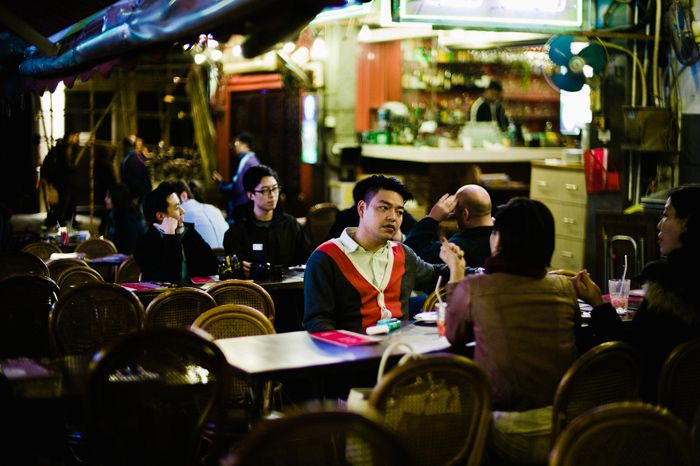 (shot wide open from a bit further back..)
(shot wide open from a bit further back..)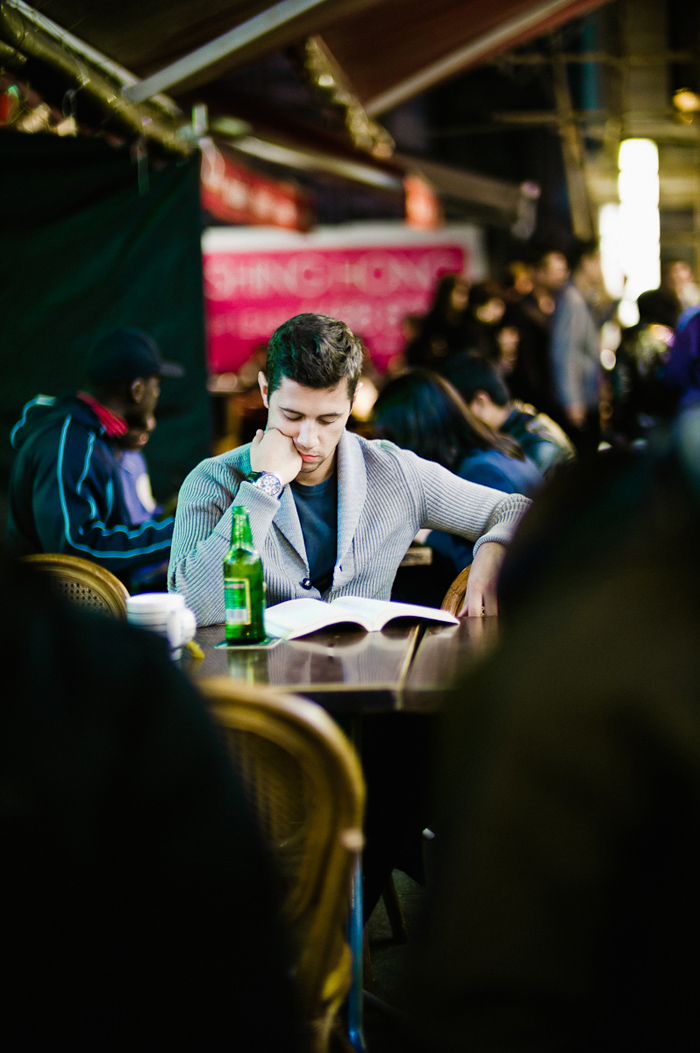 (wide open, shooting through my friends with background about 10 metres away.)
(wide open, shooting through my friends with background about 10 metres away.)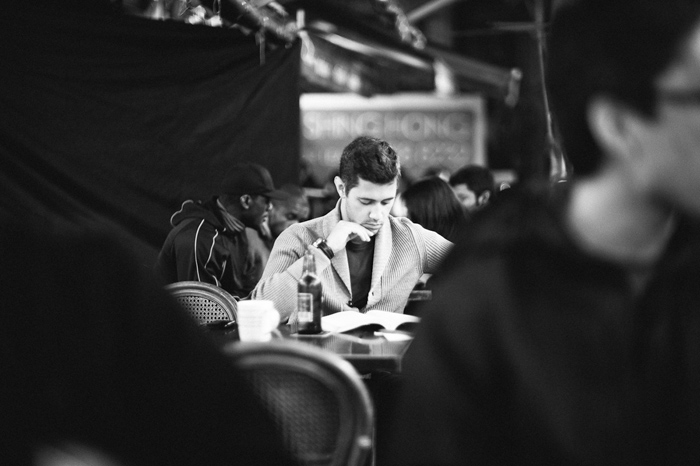 (black and white conversion)
(black and white conversion)



